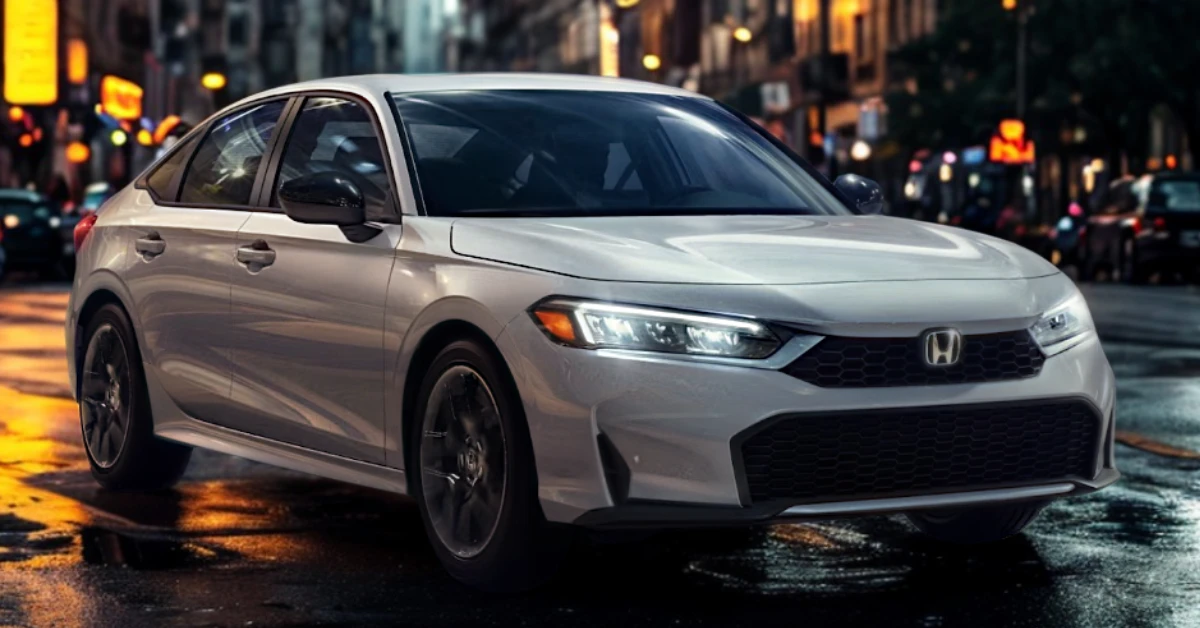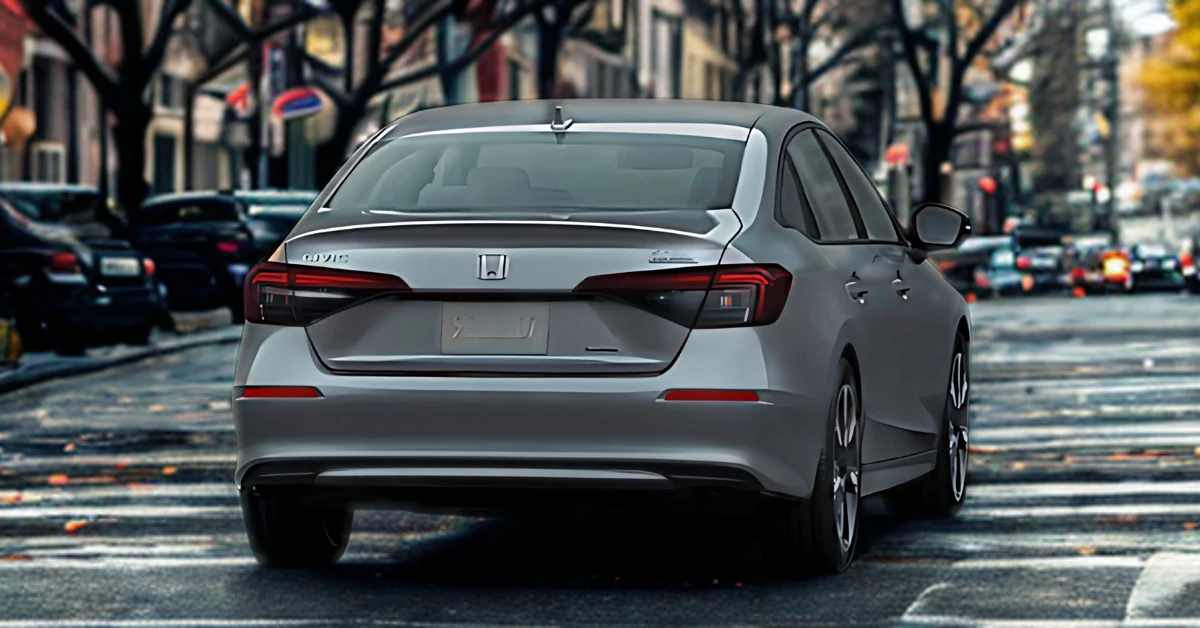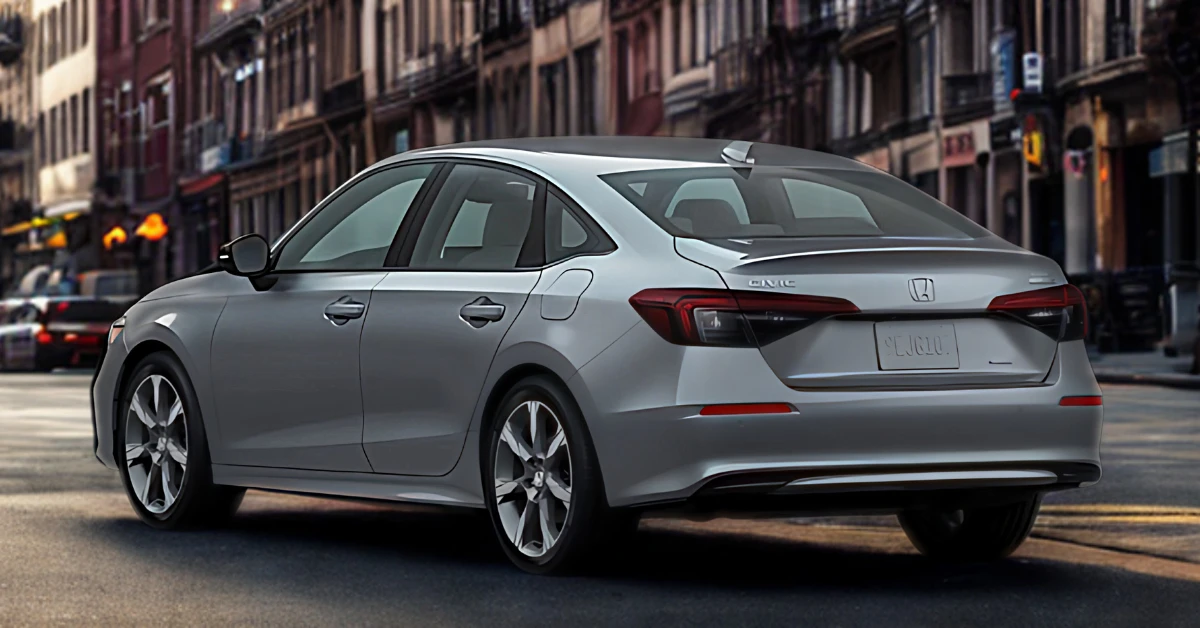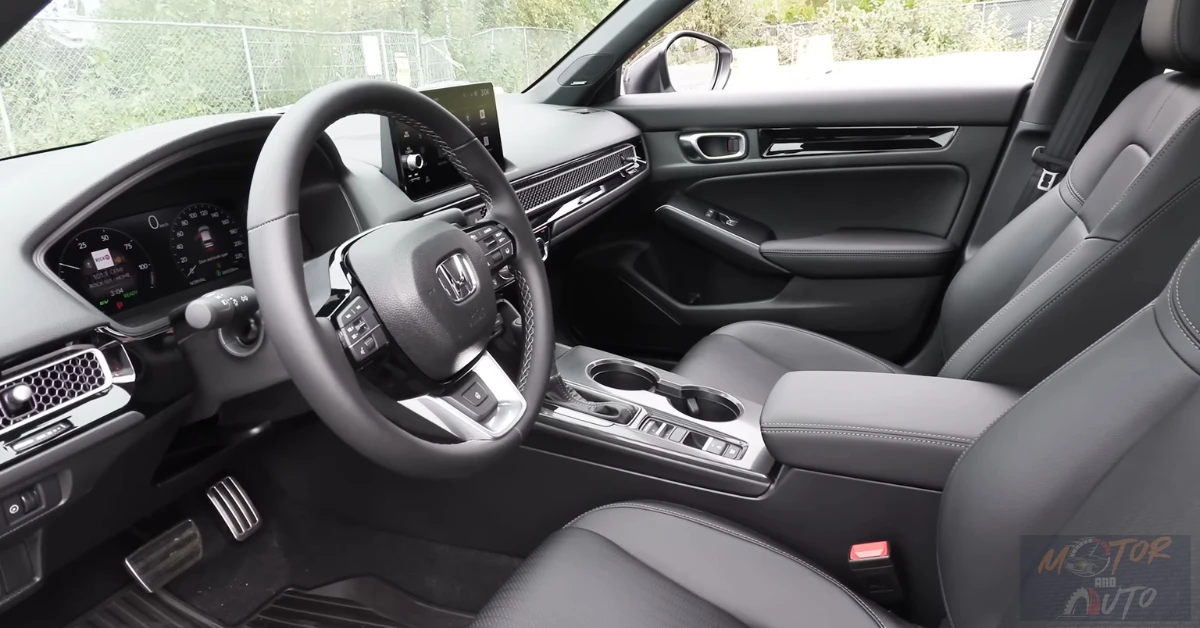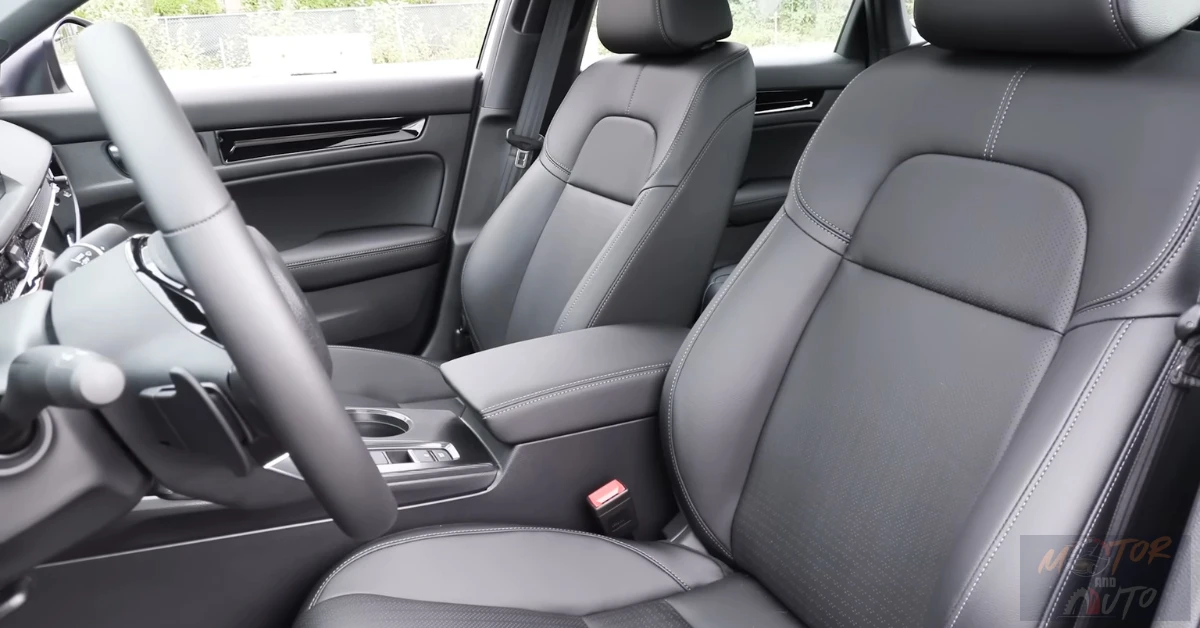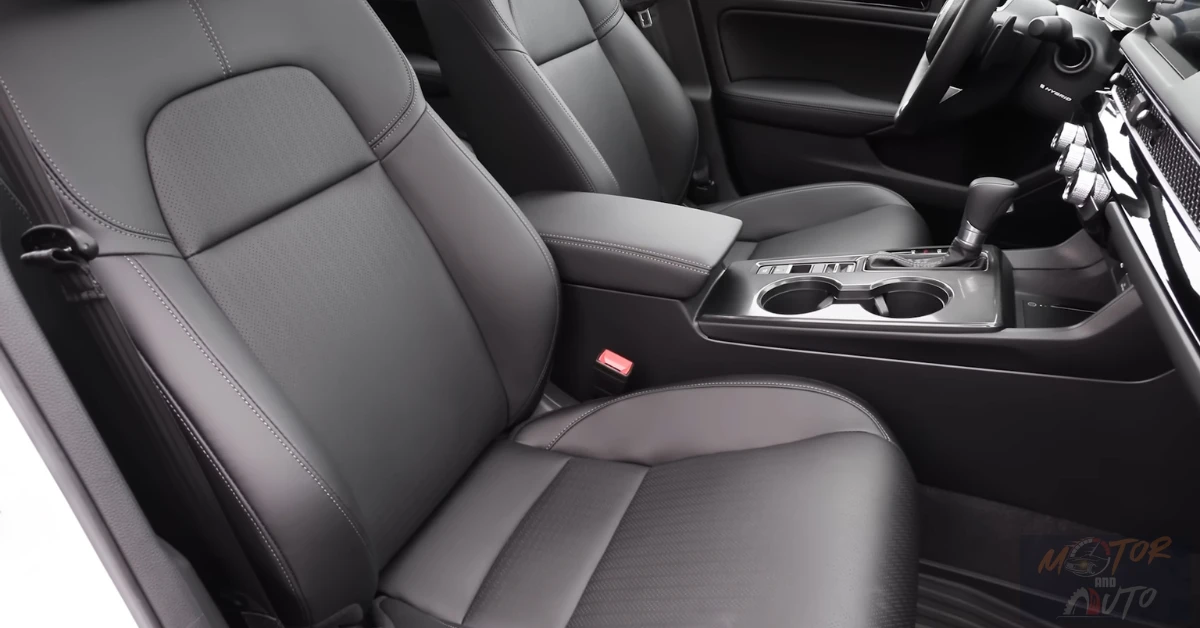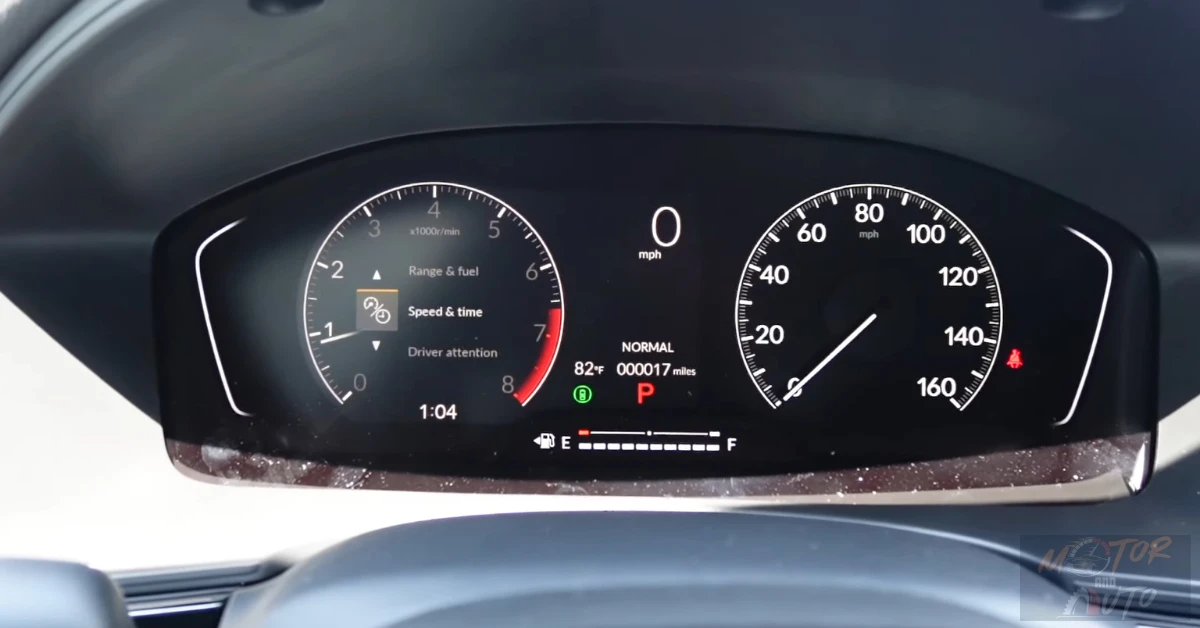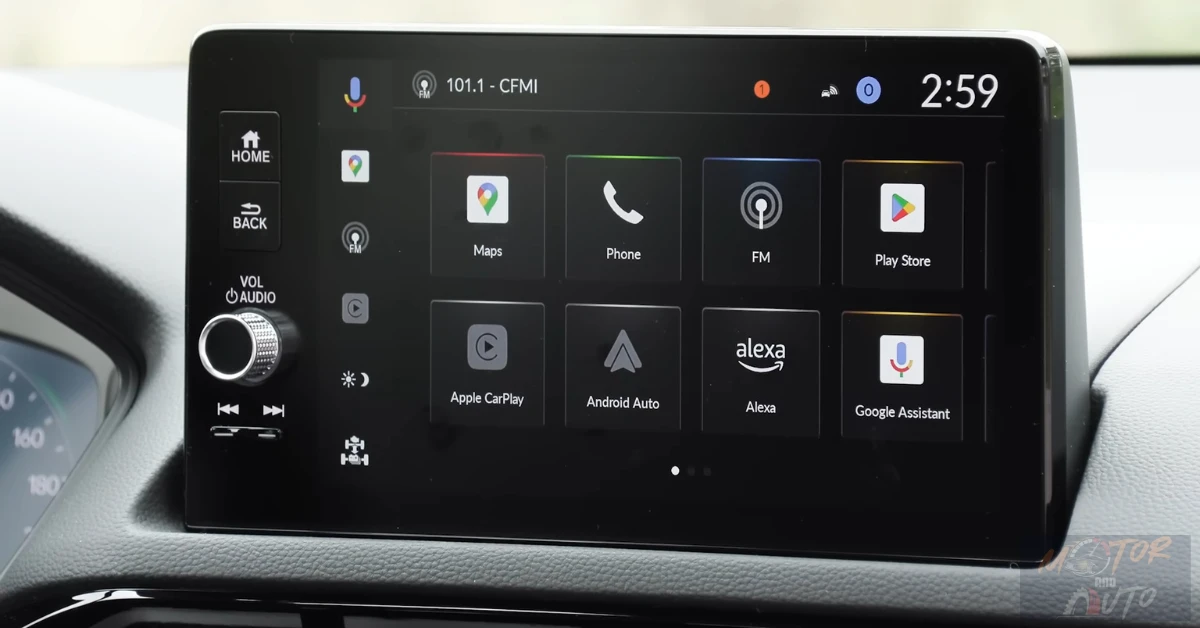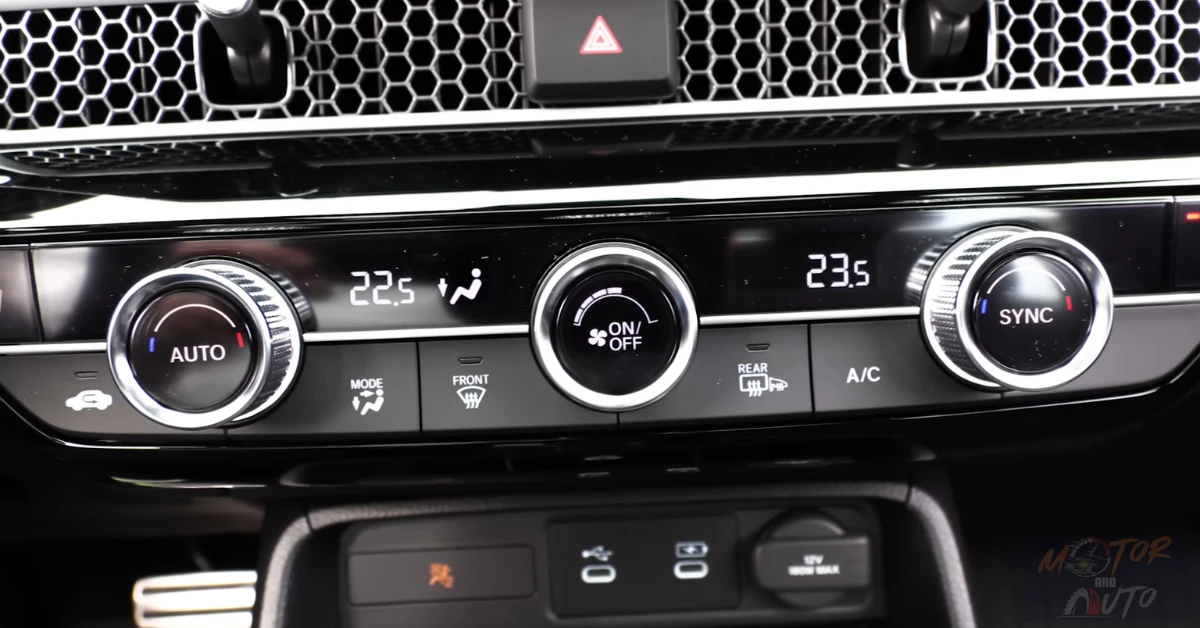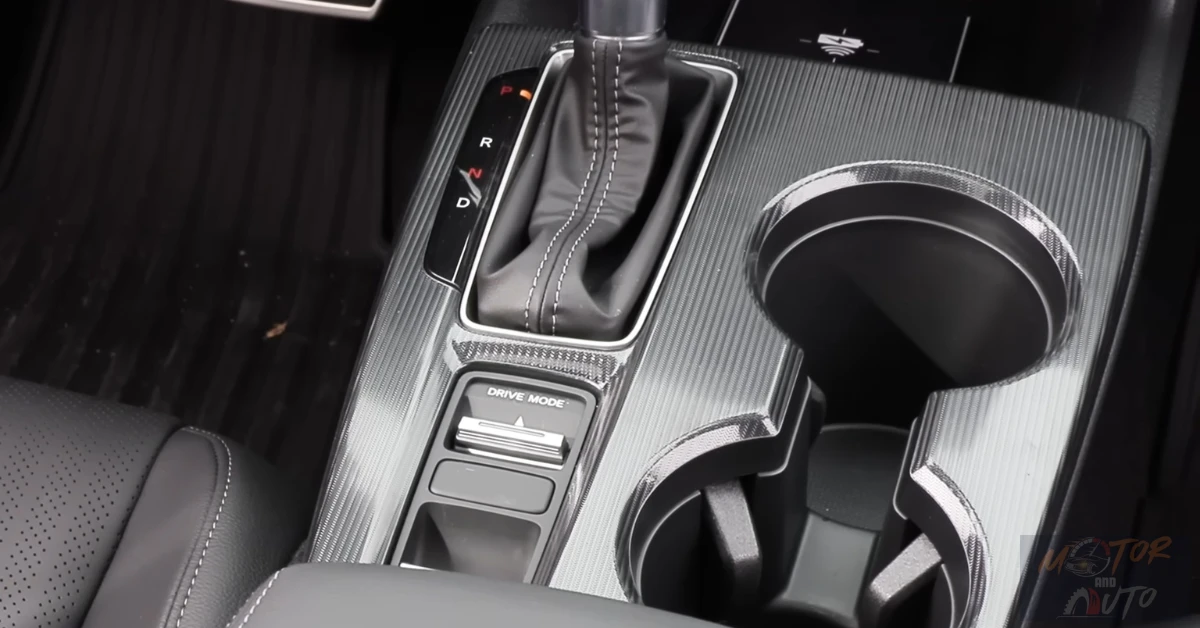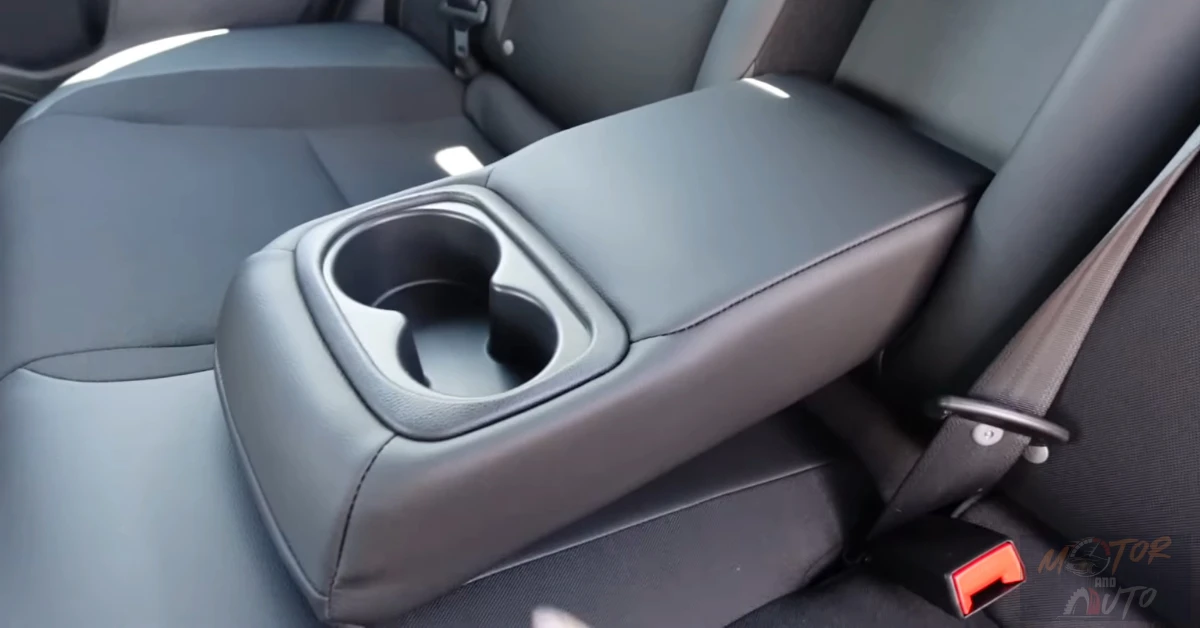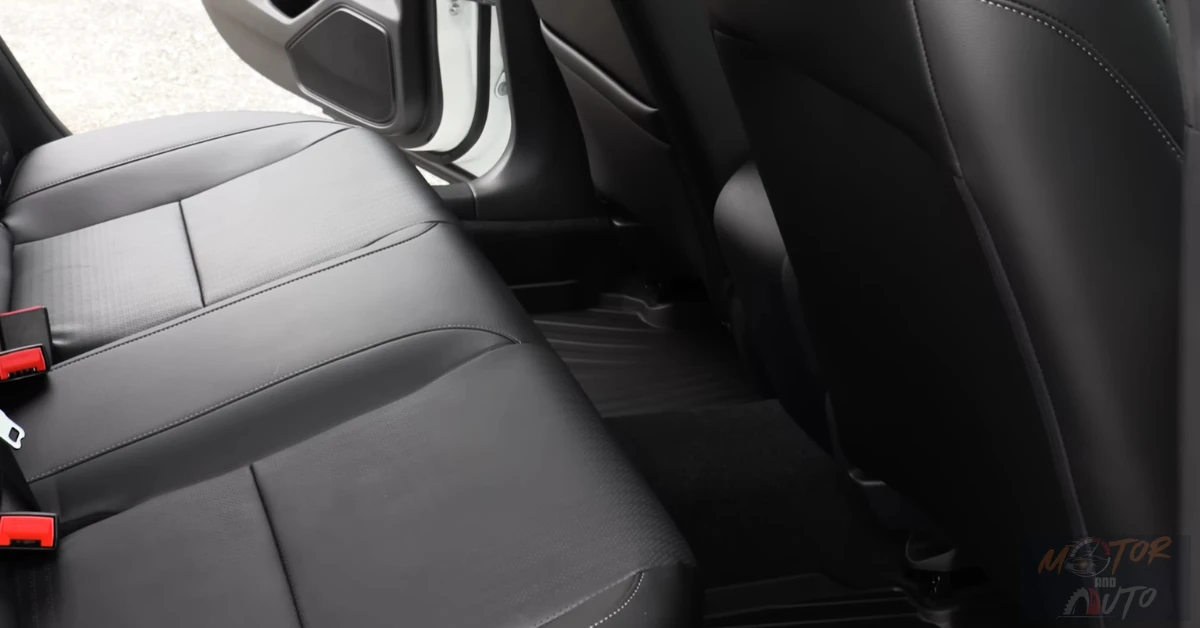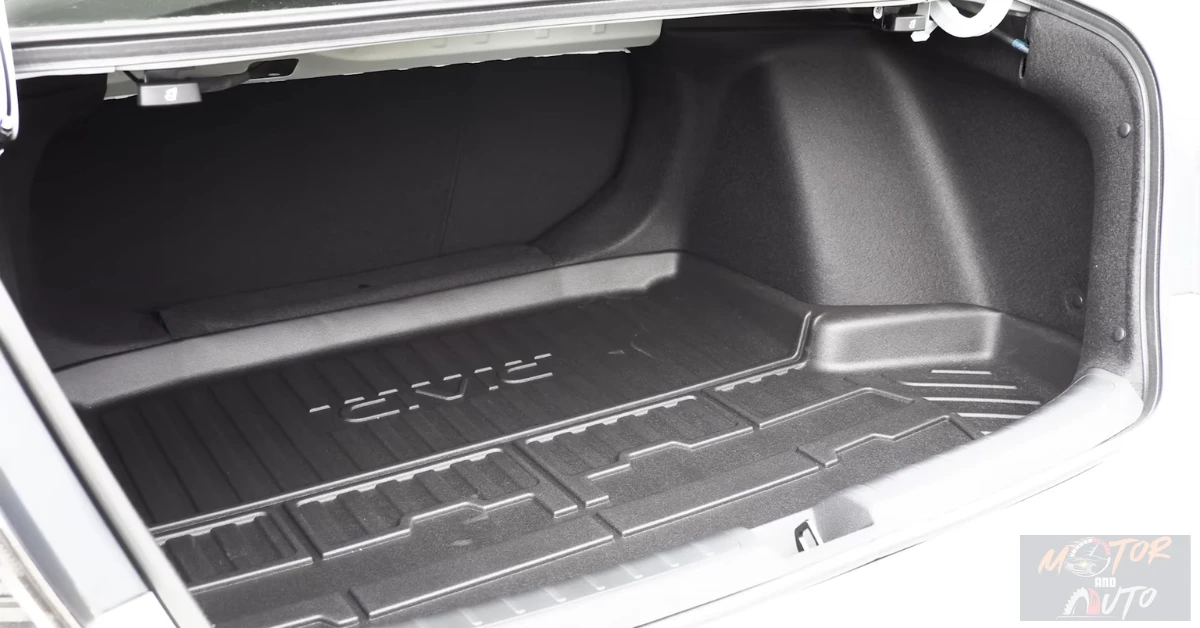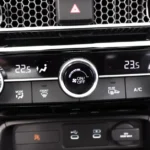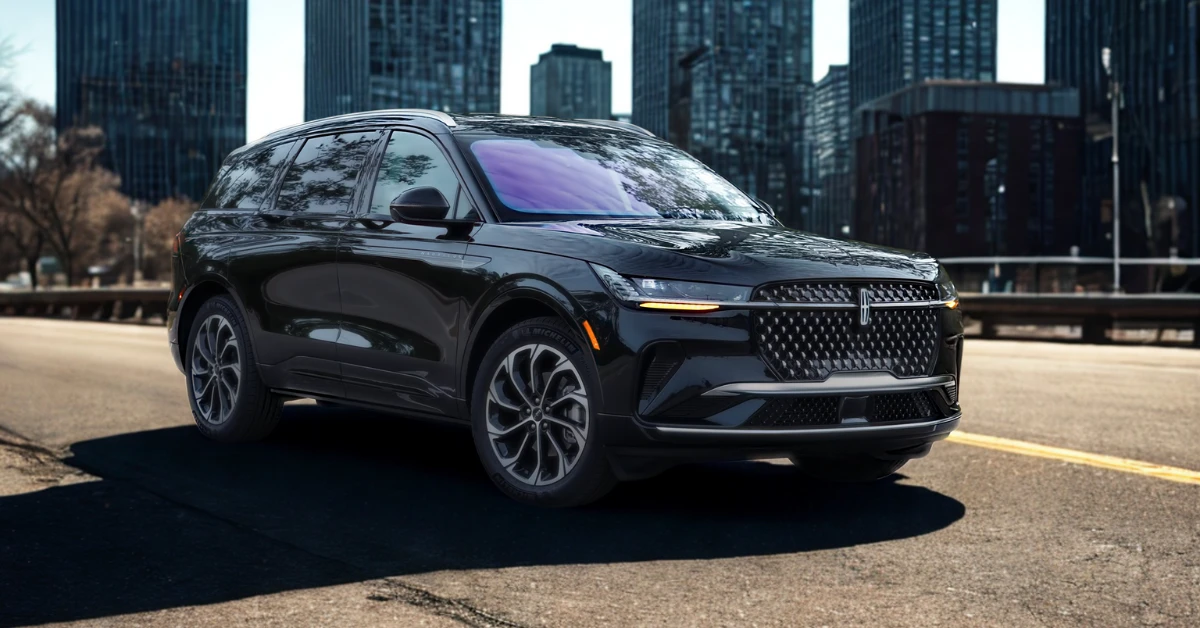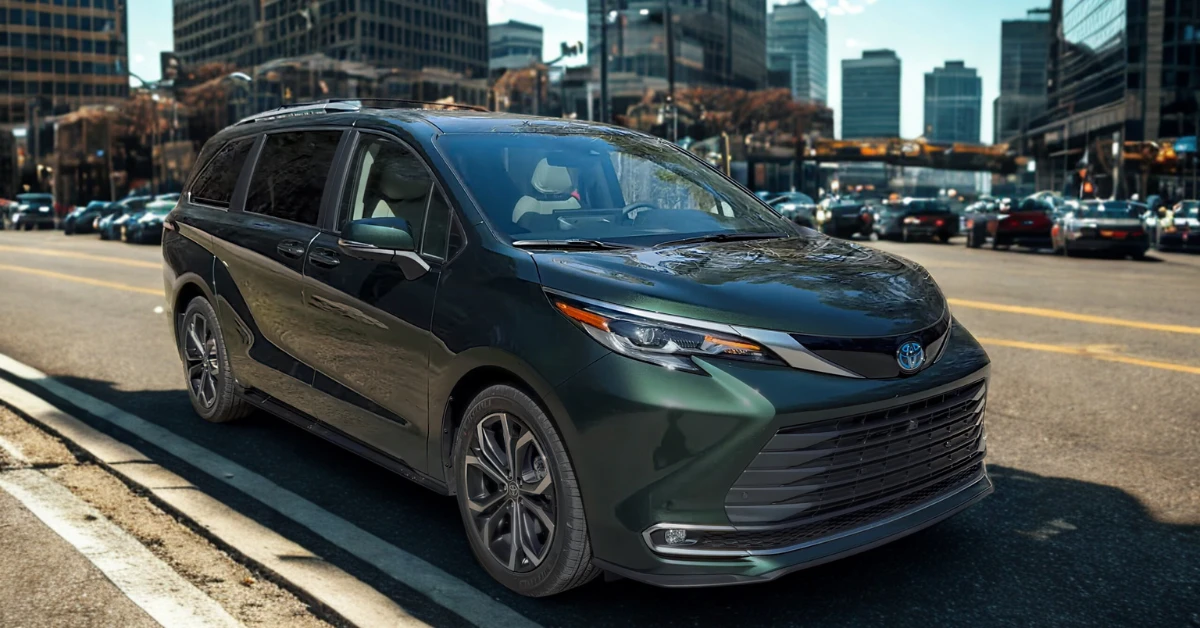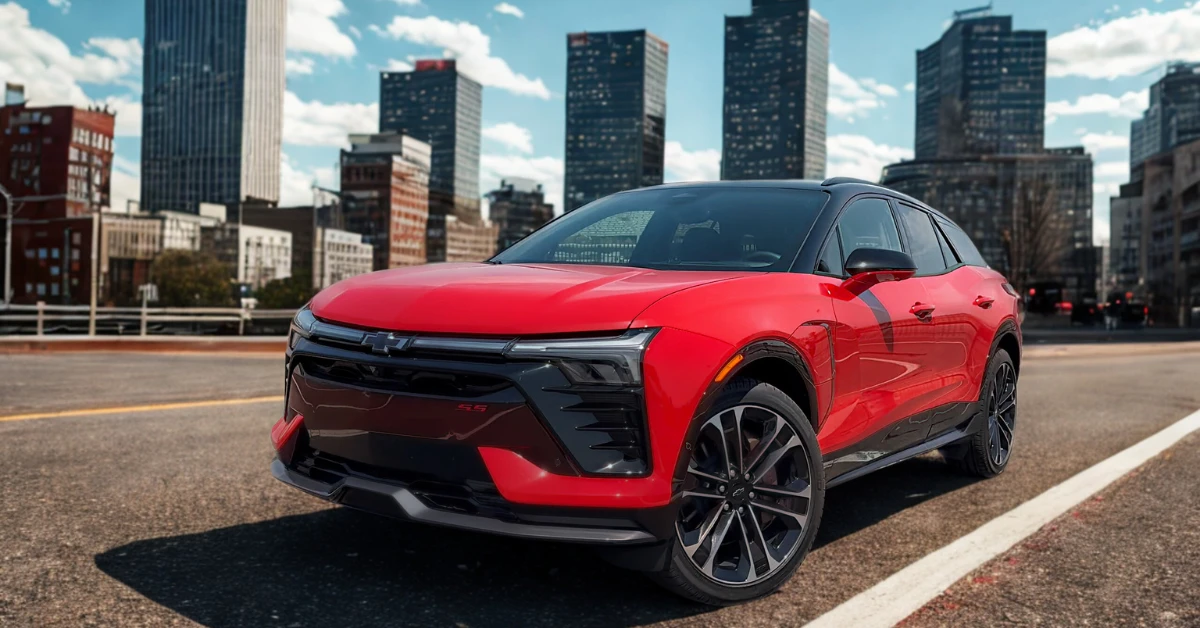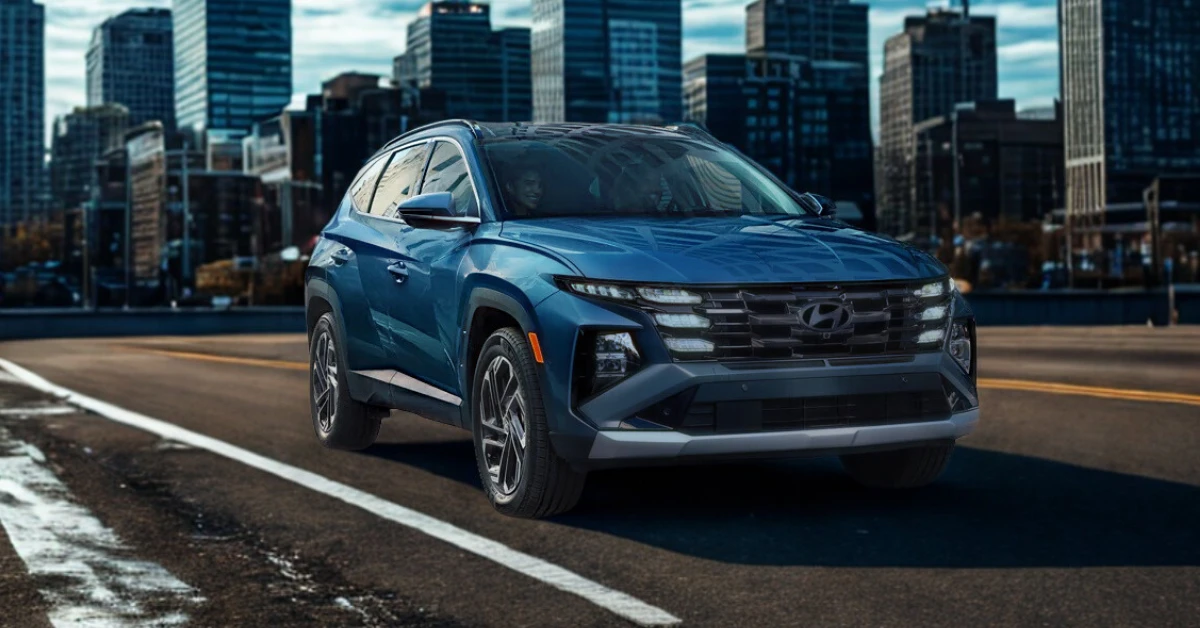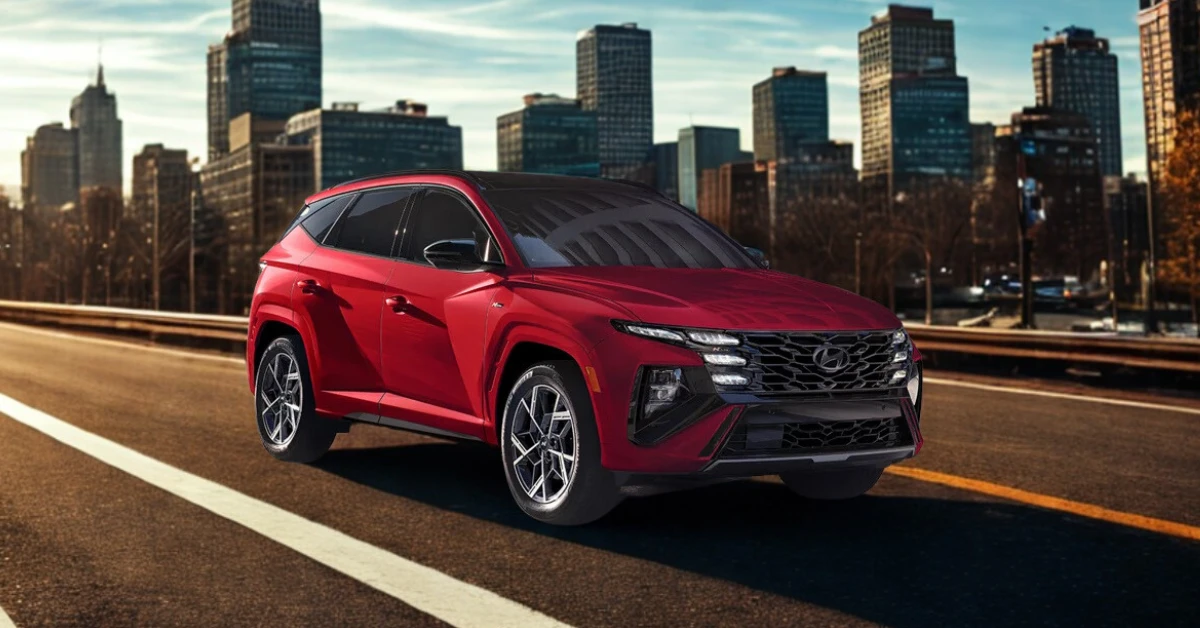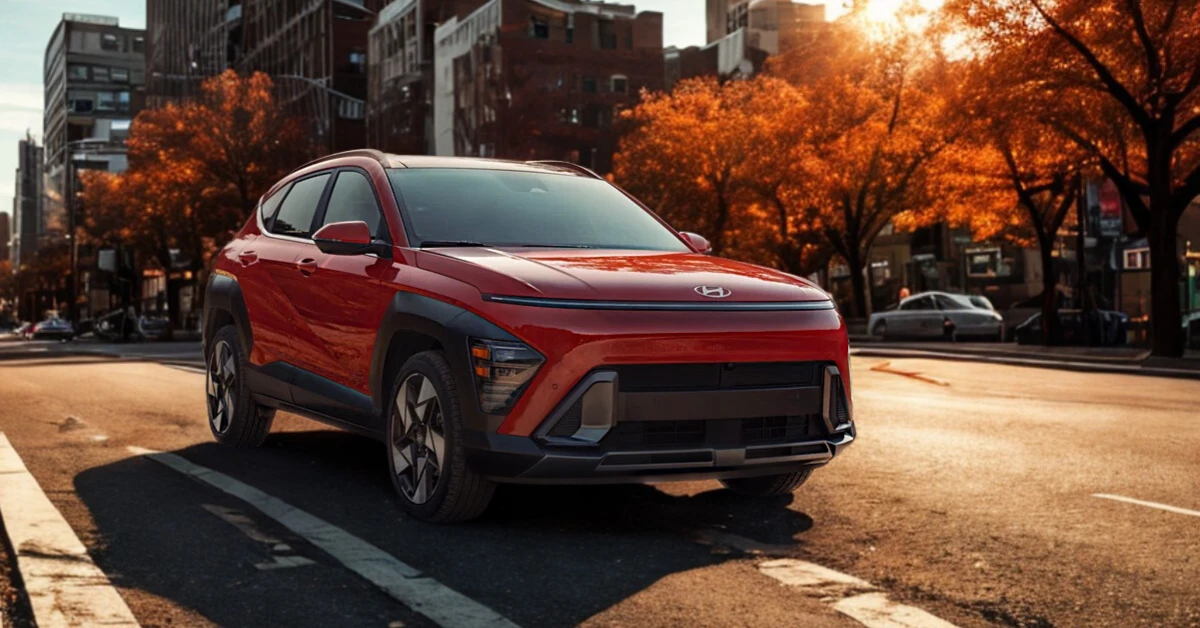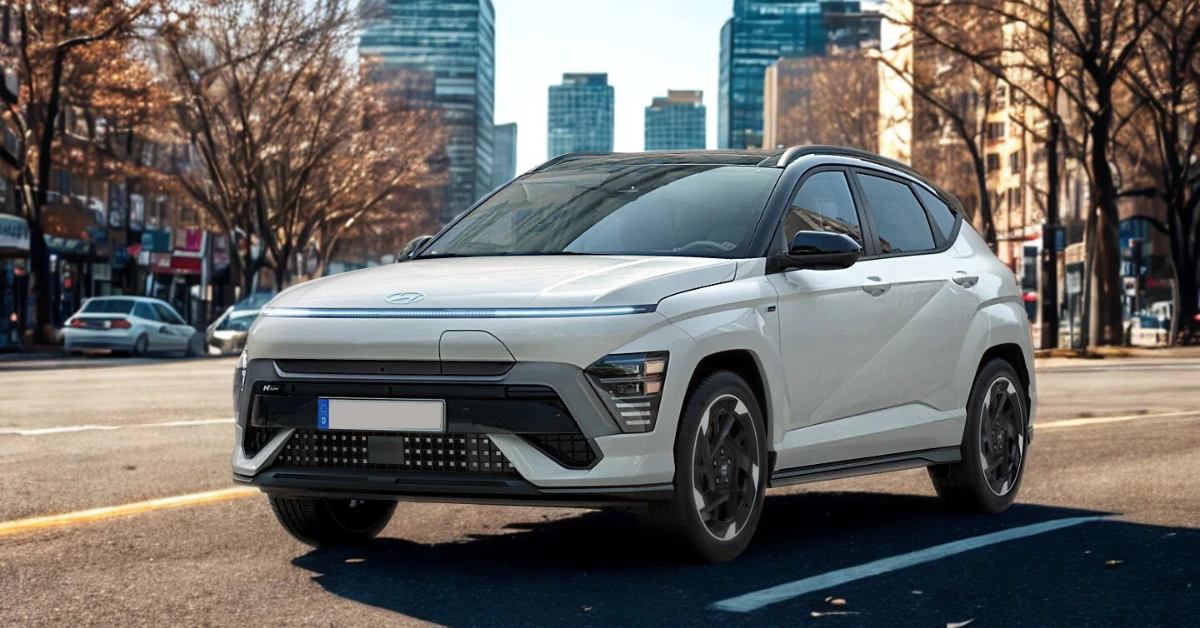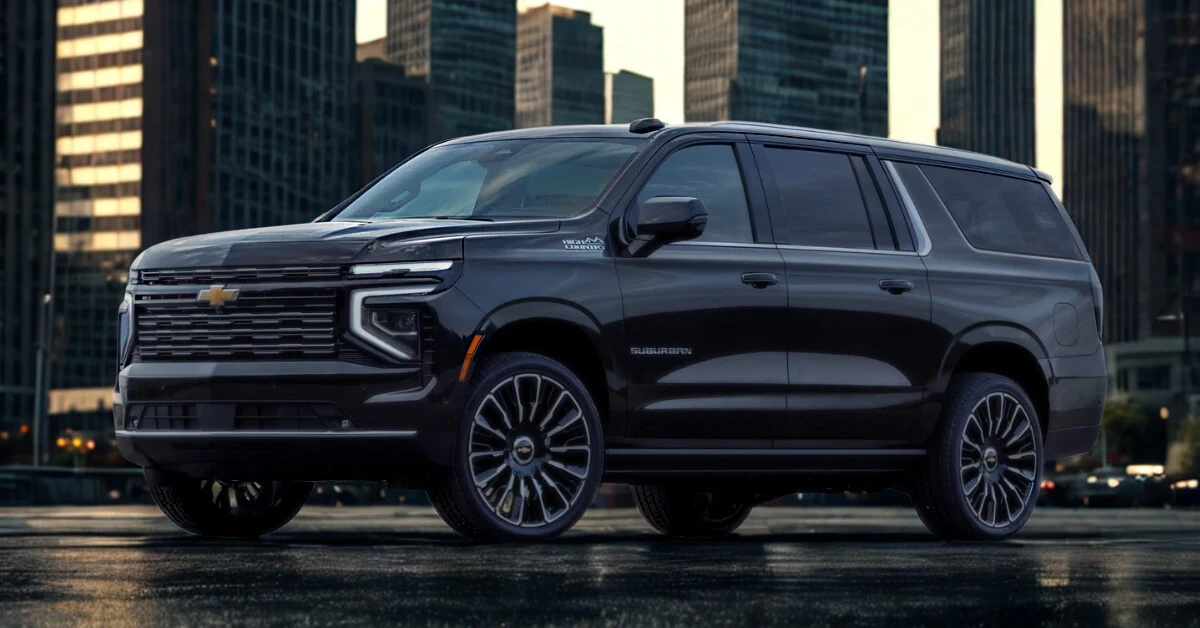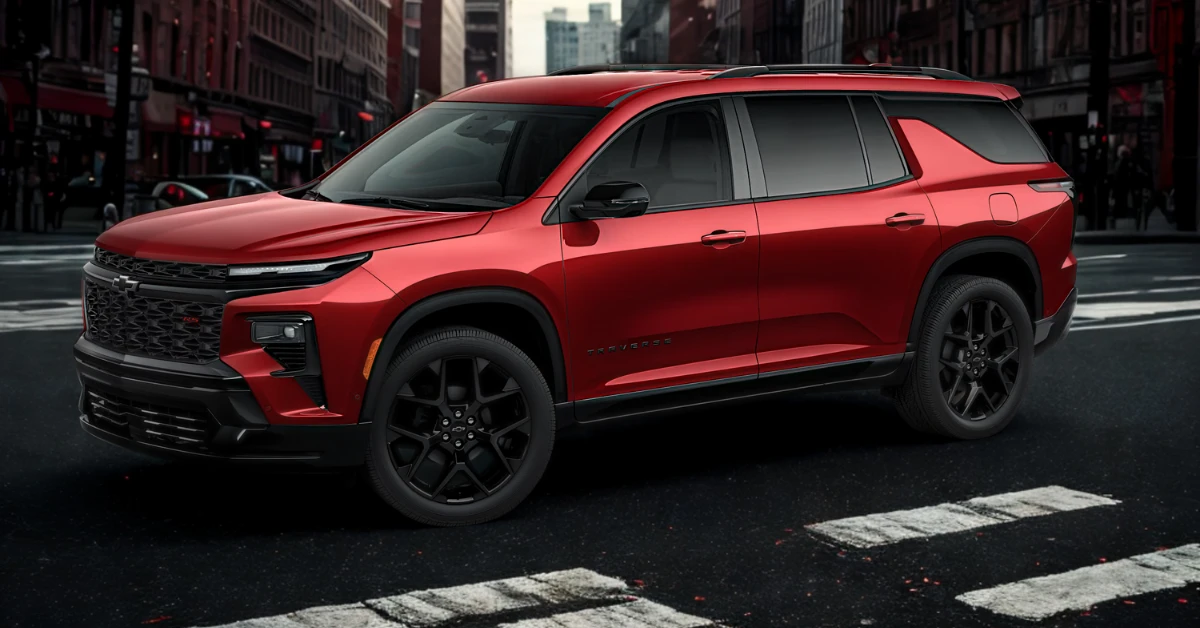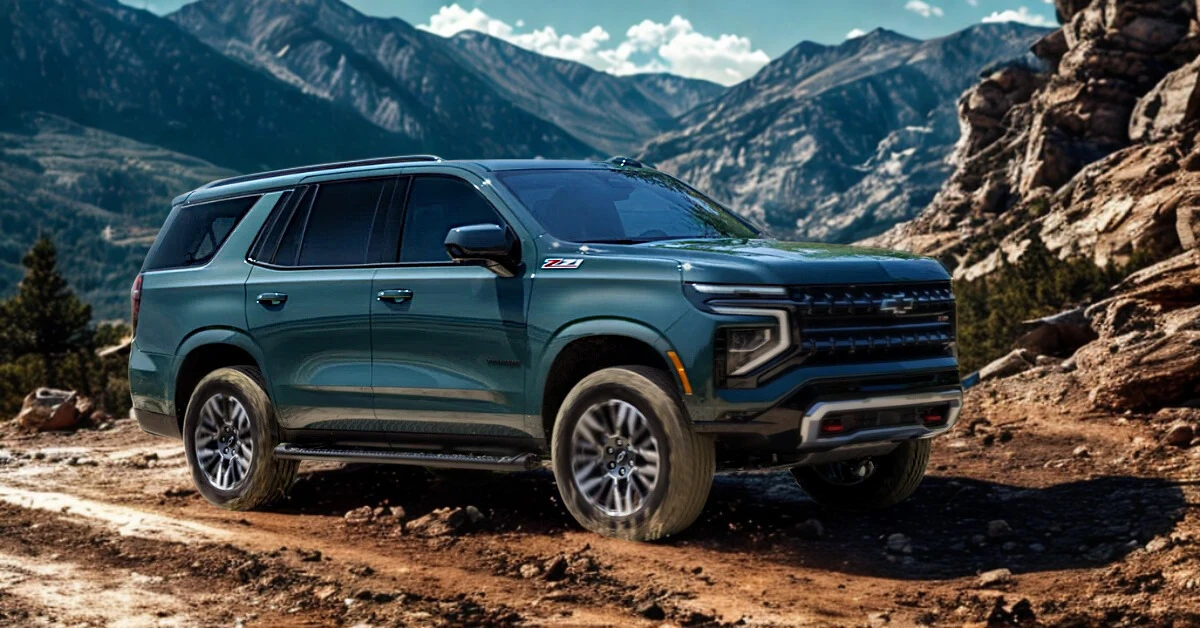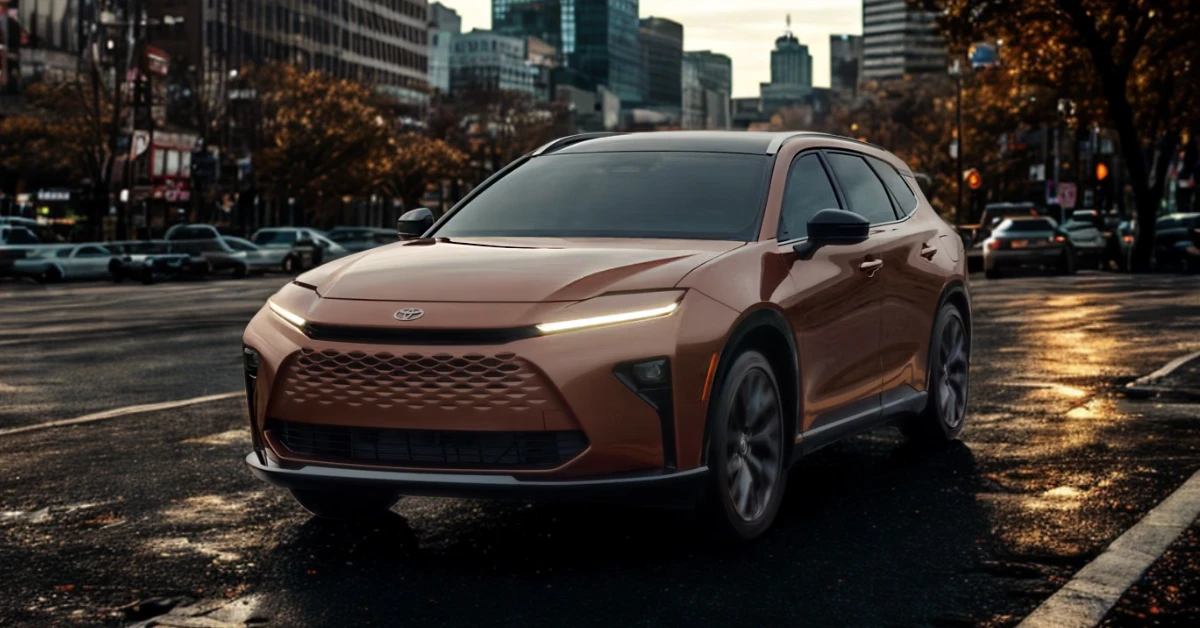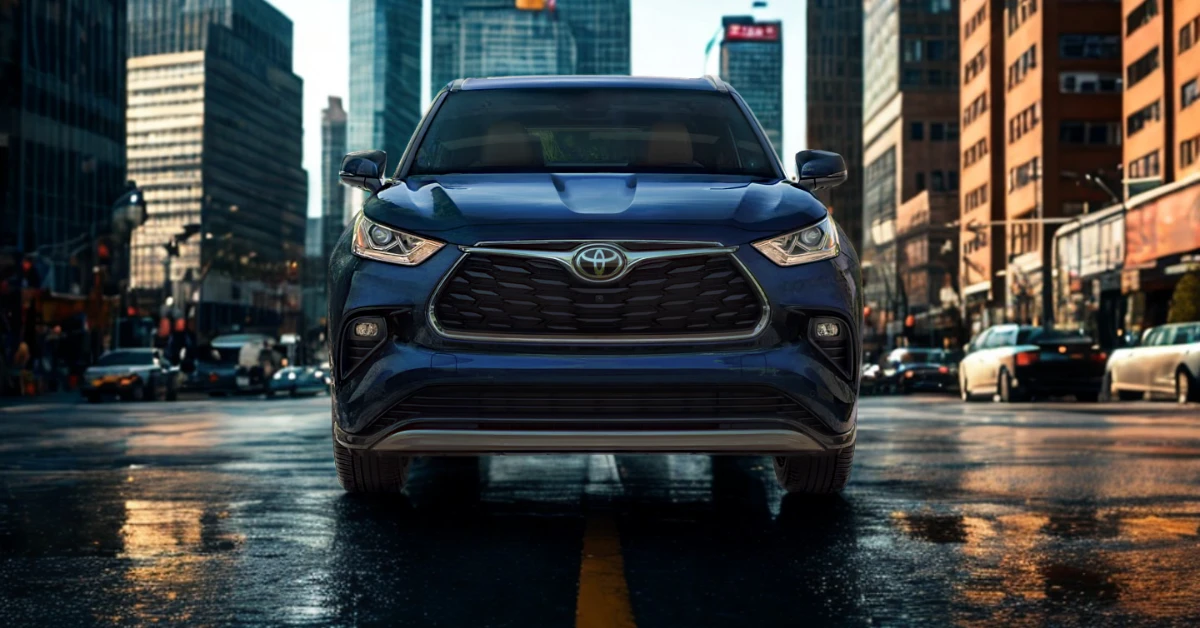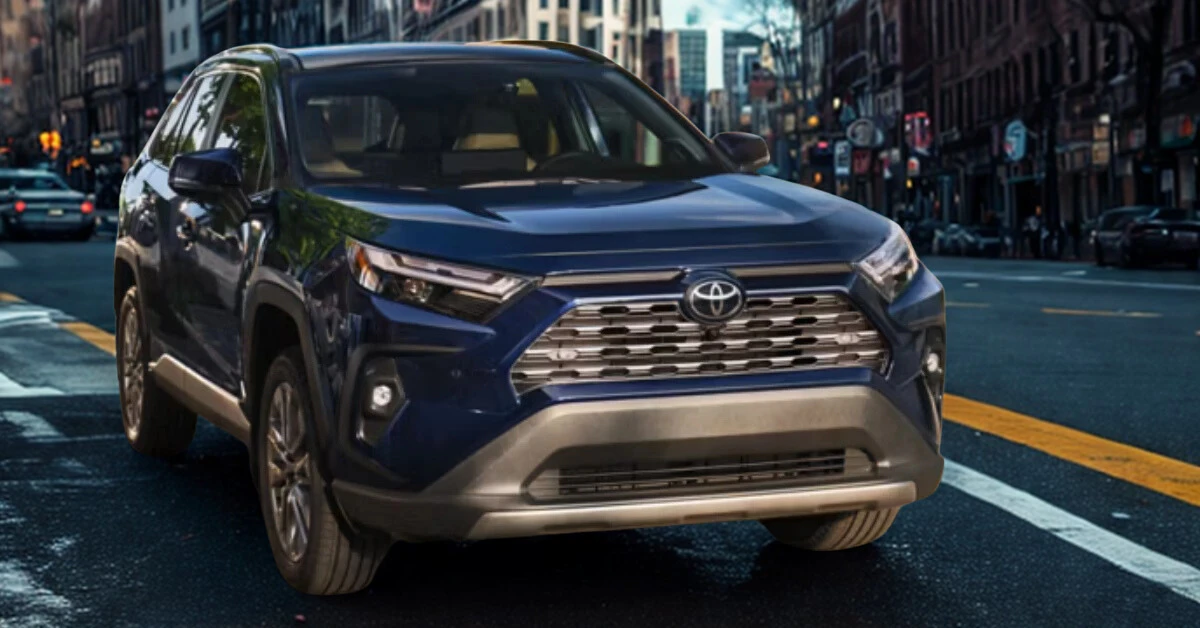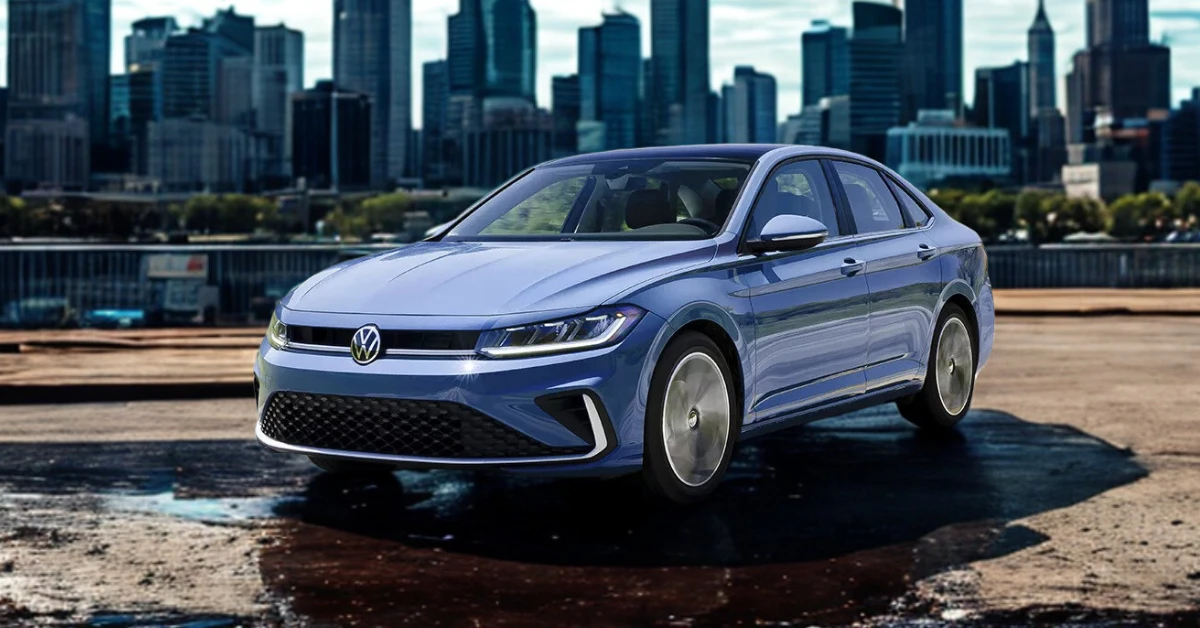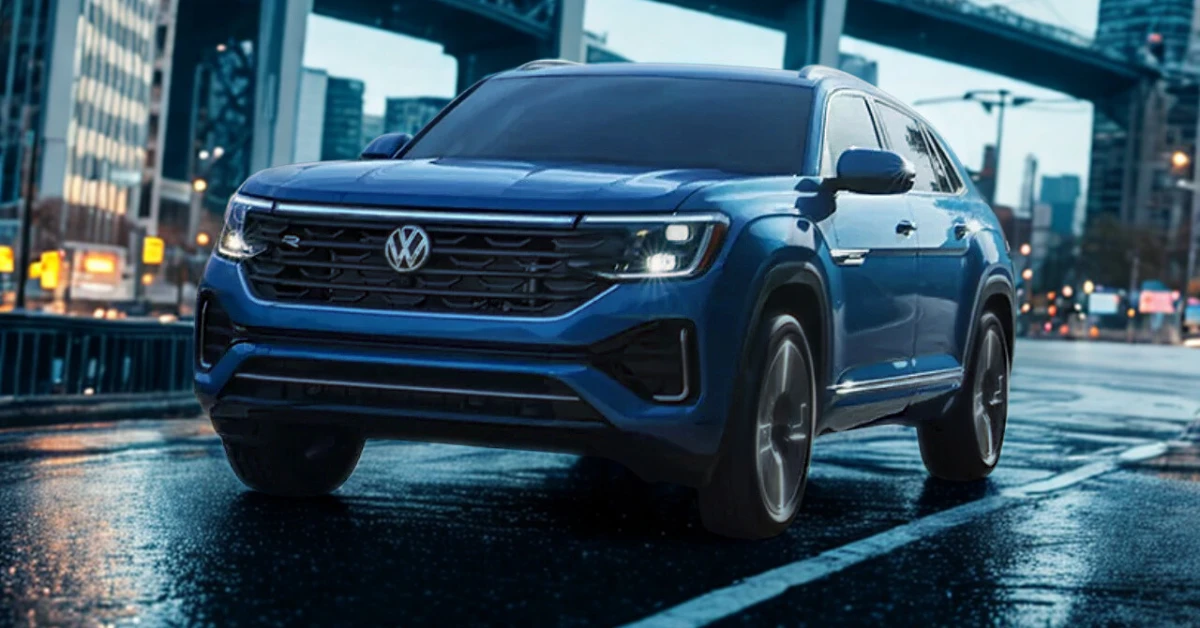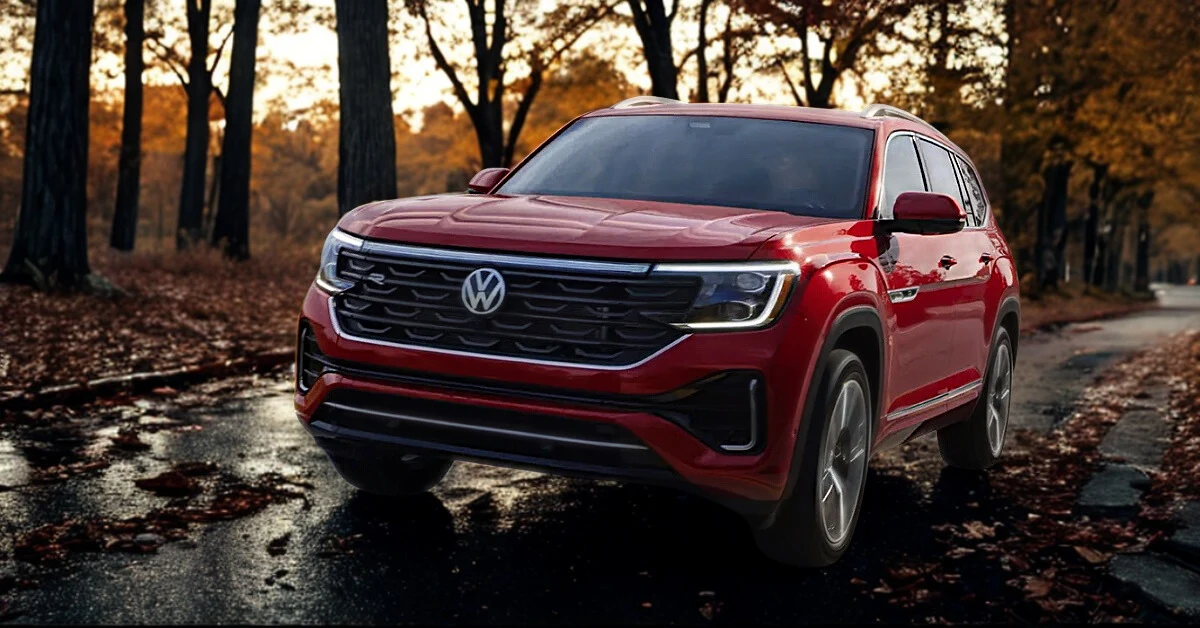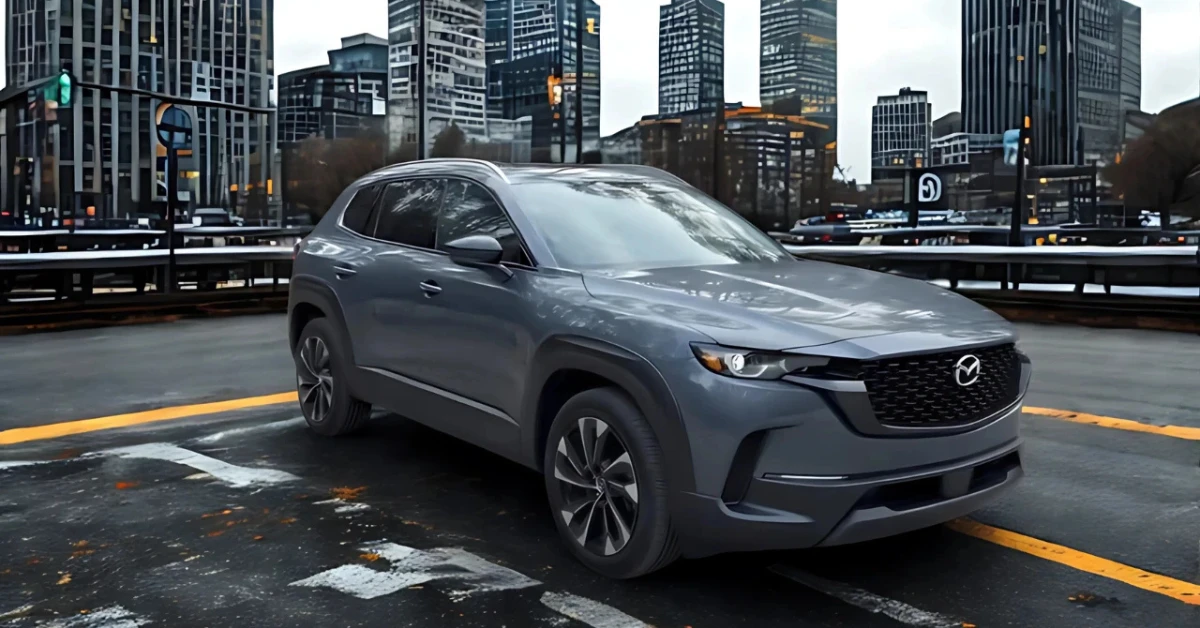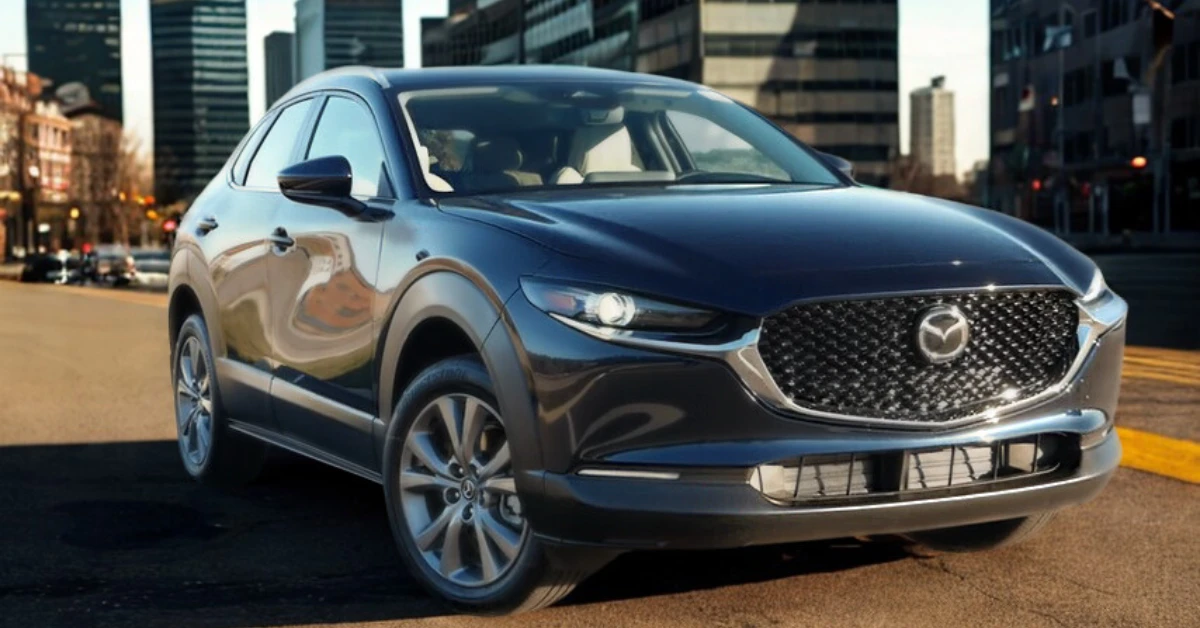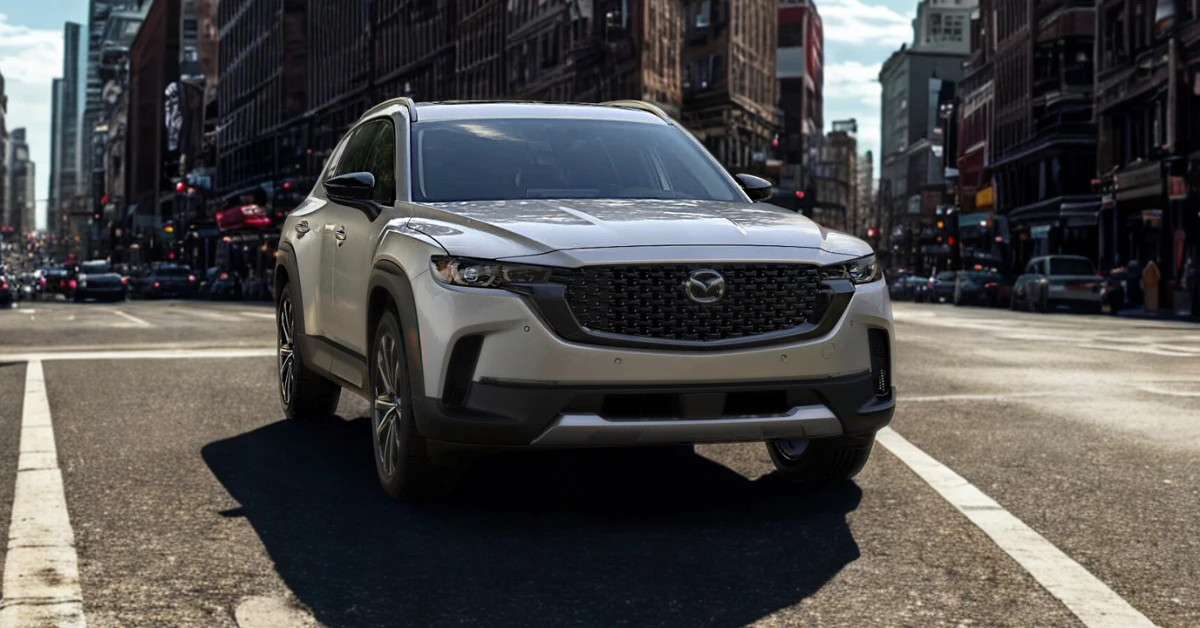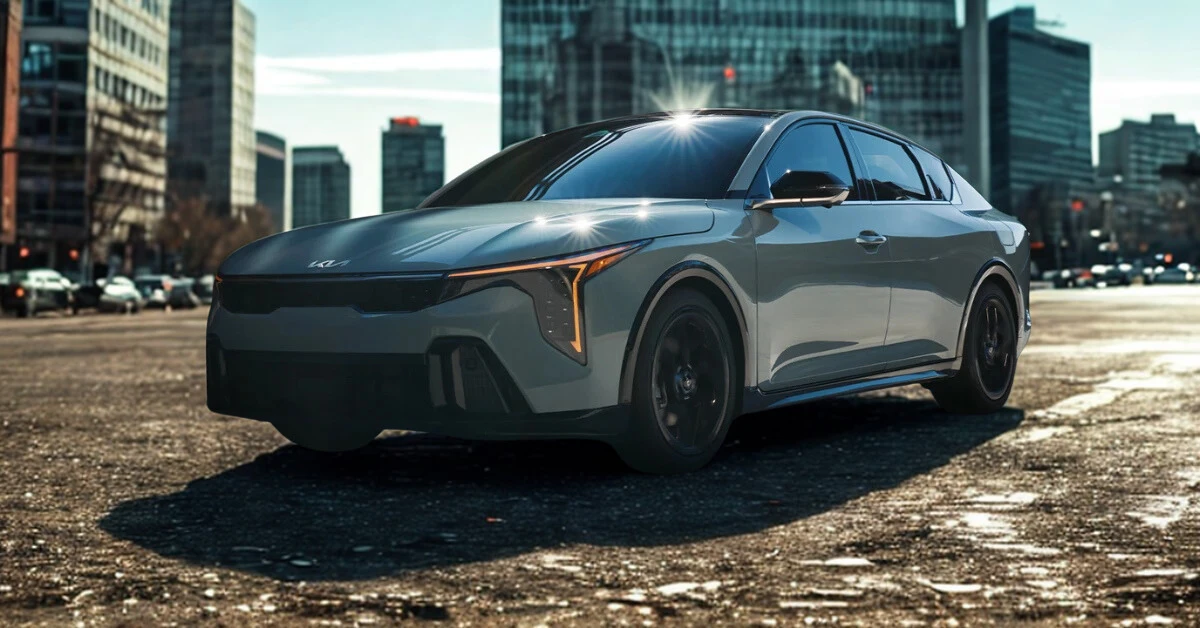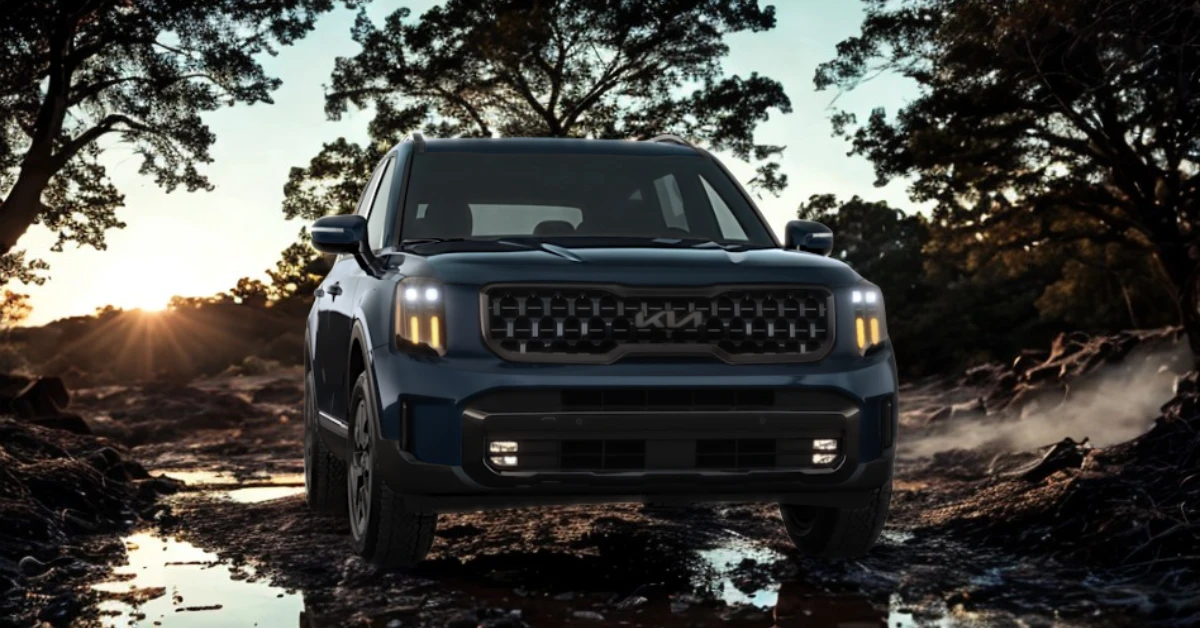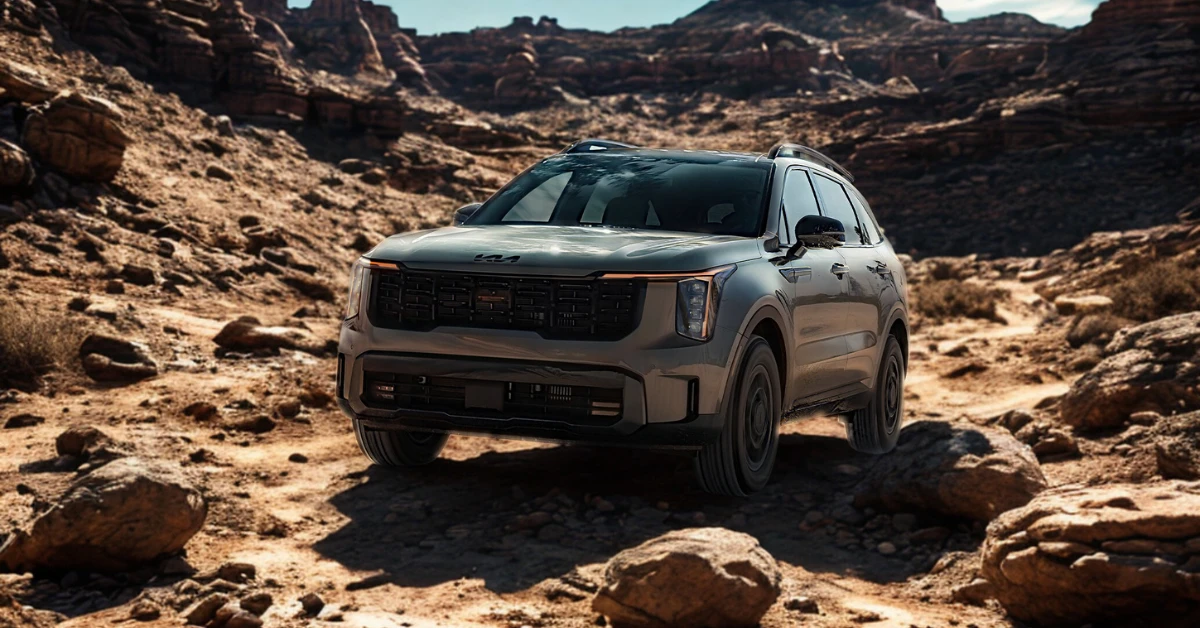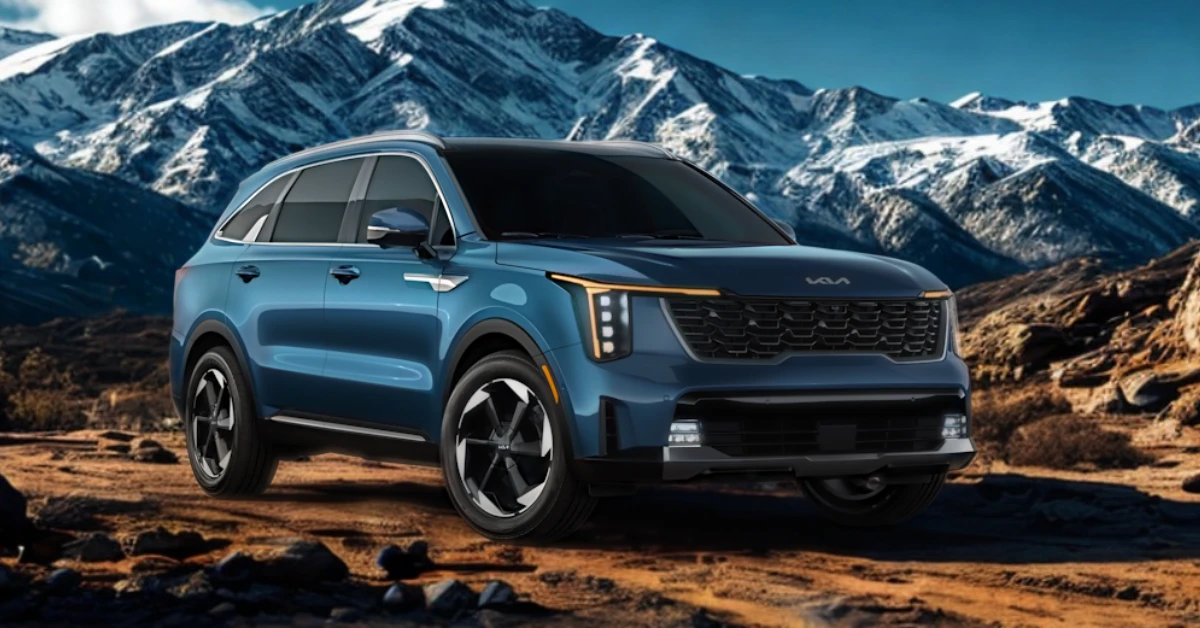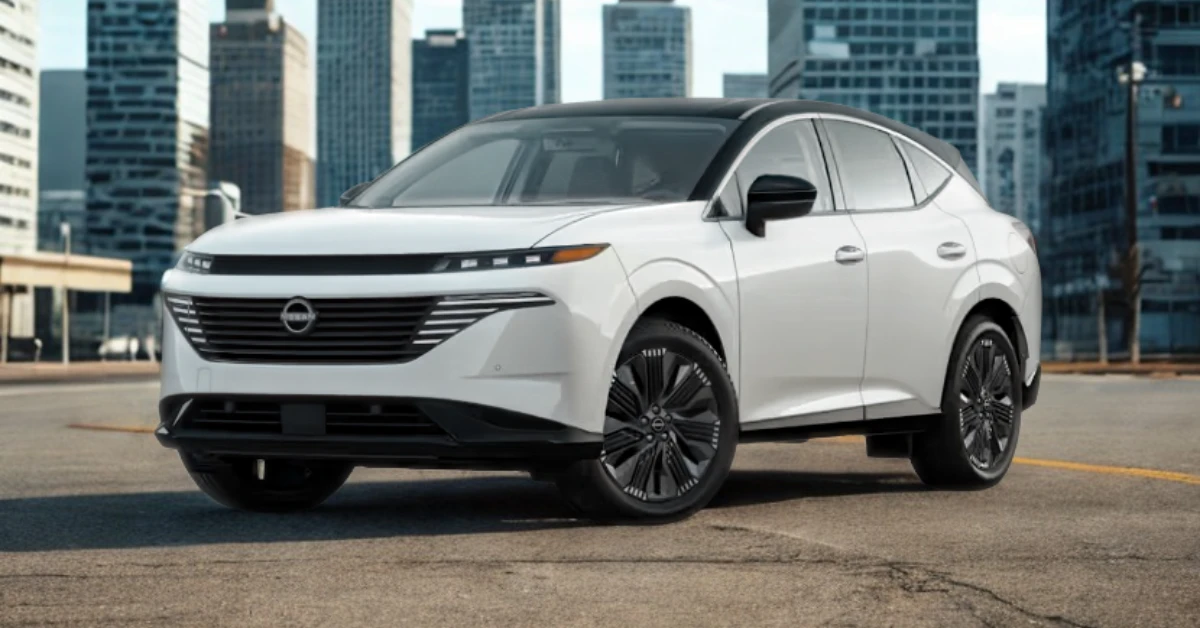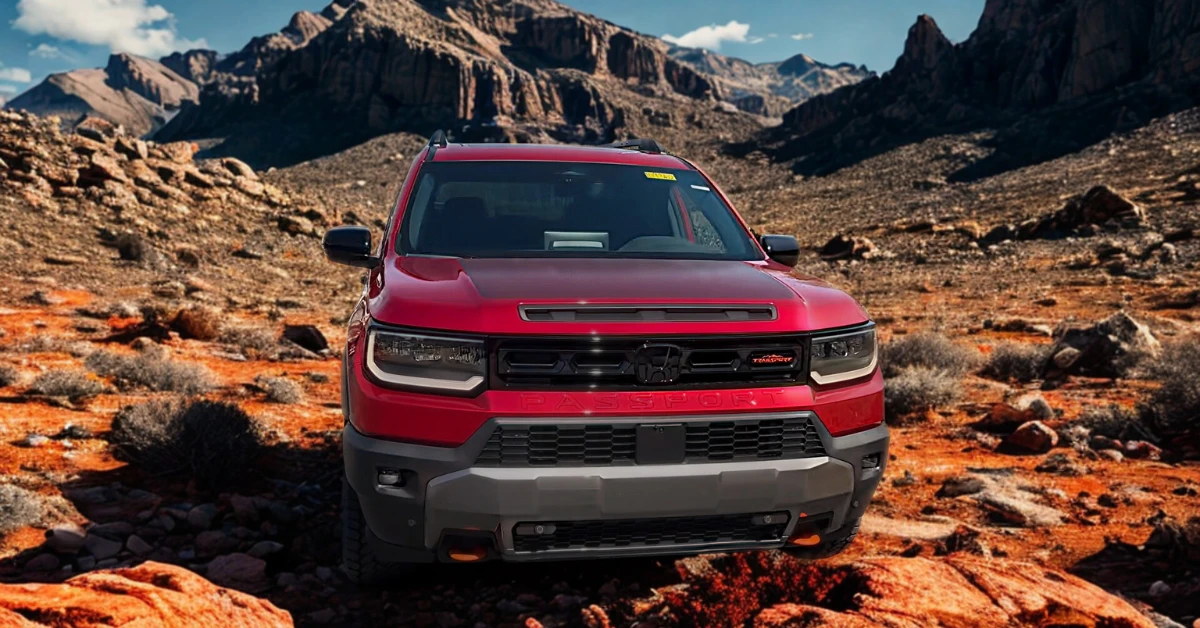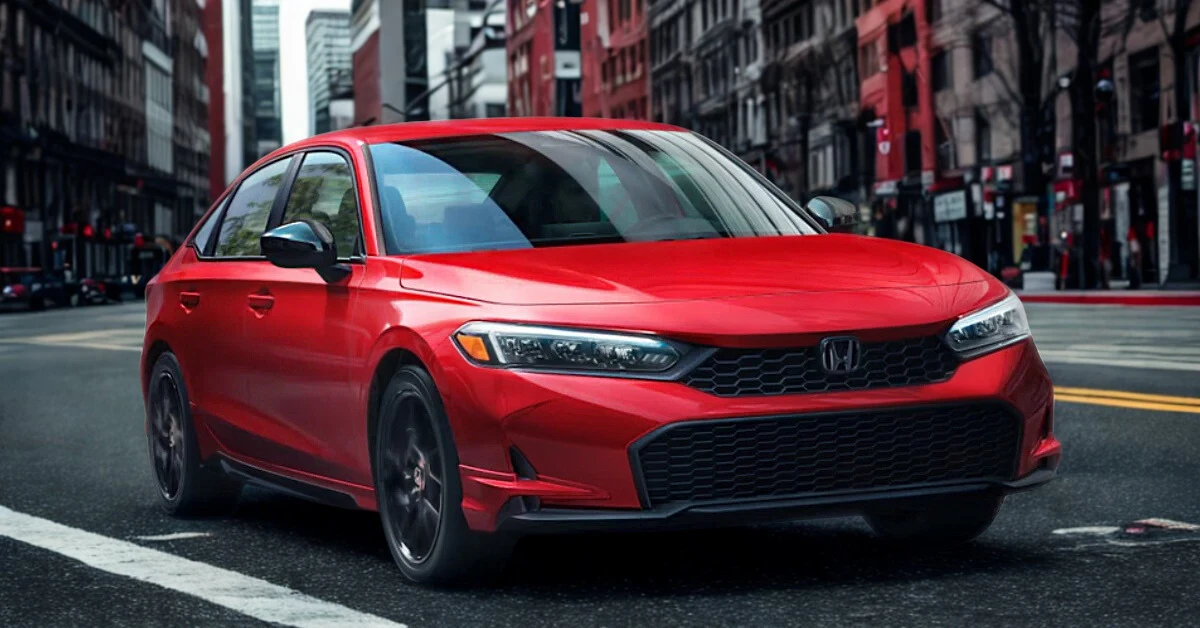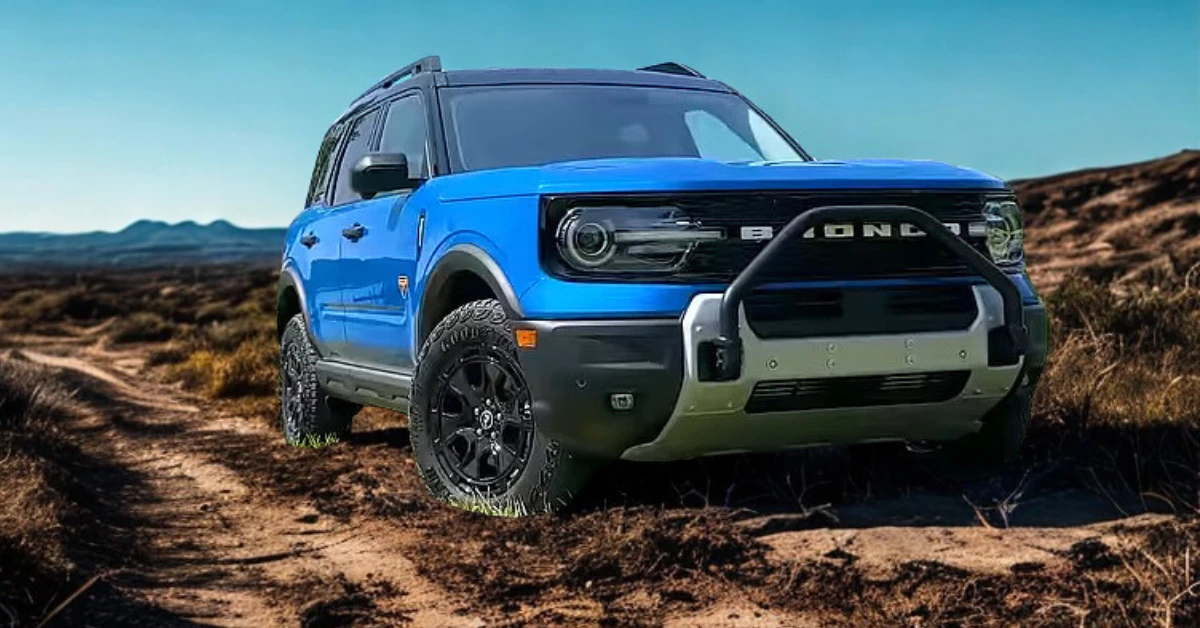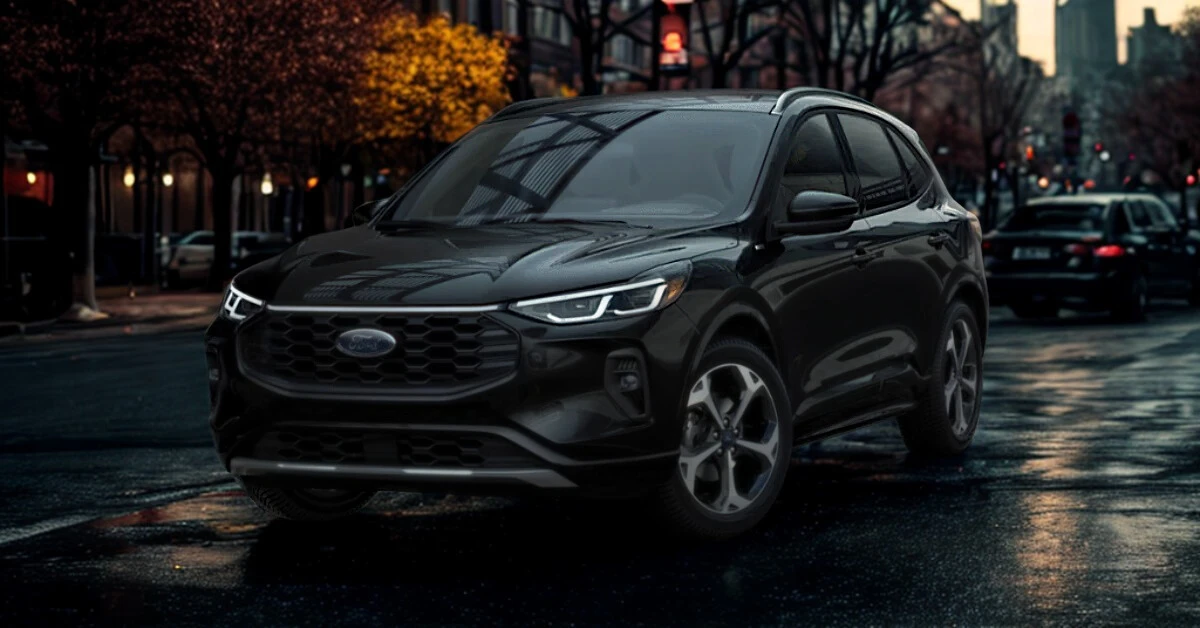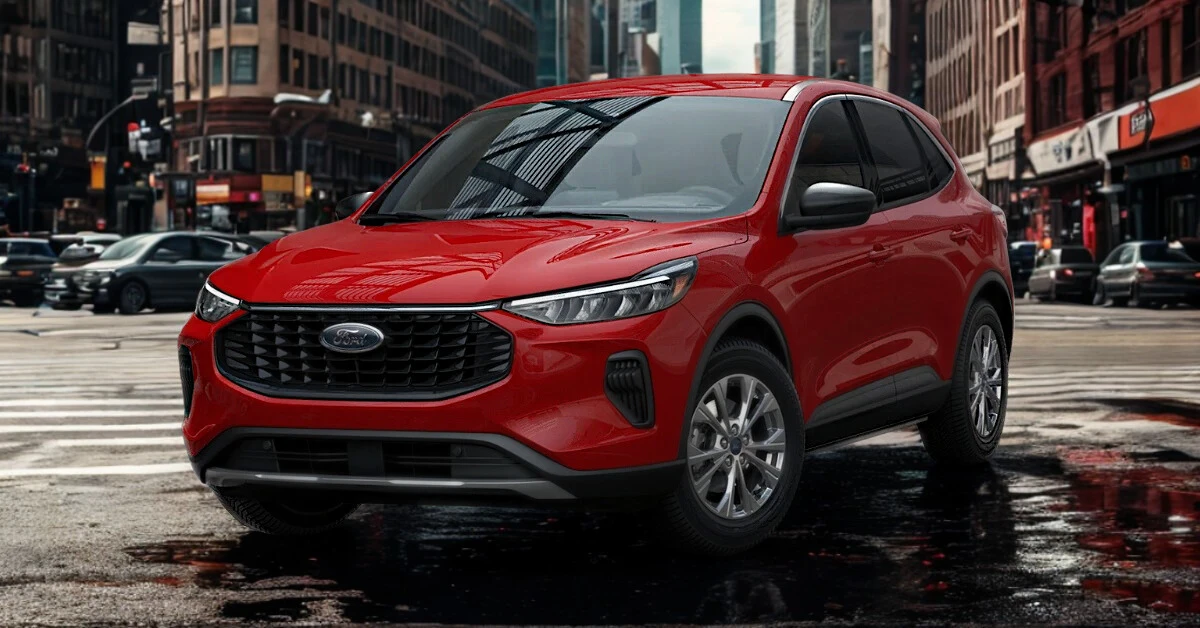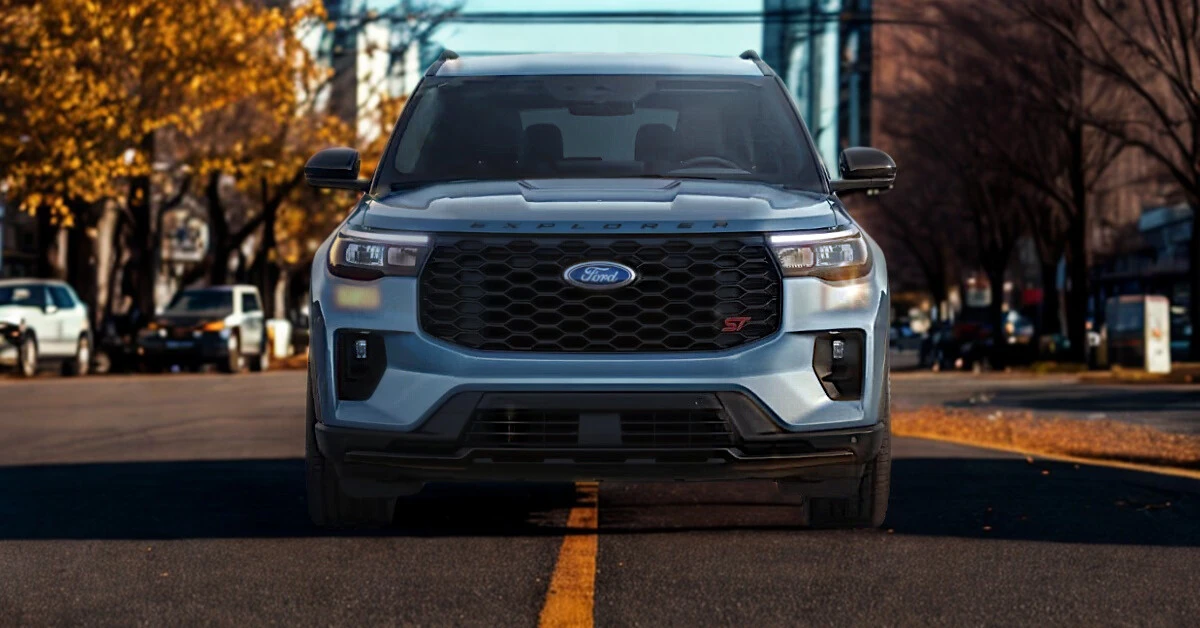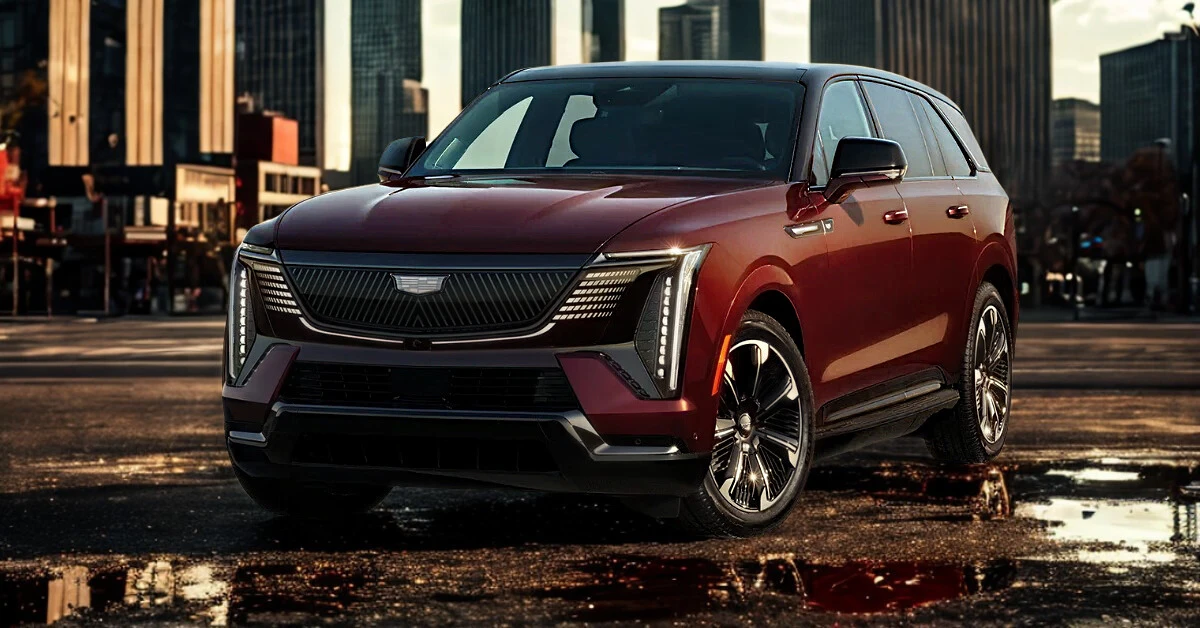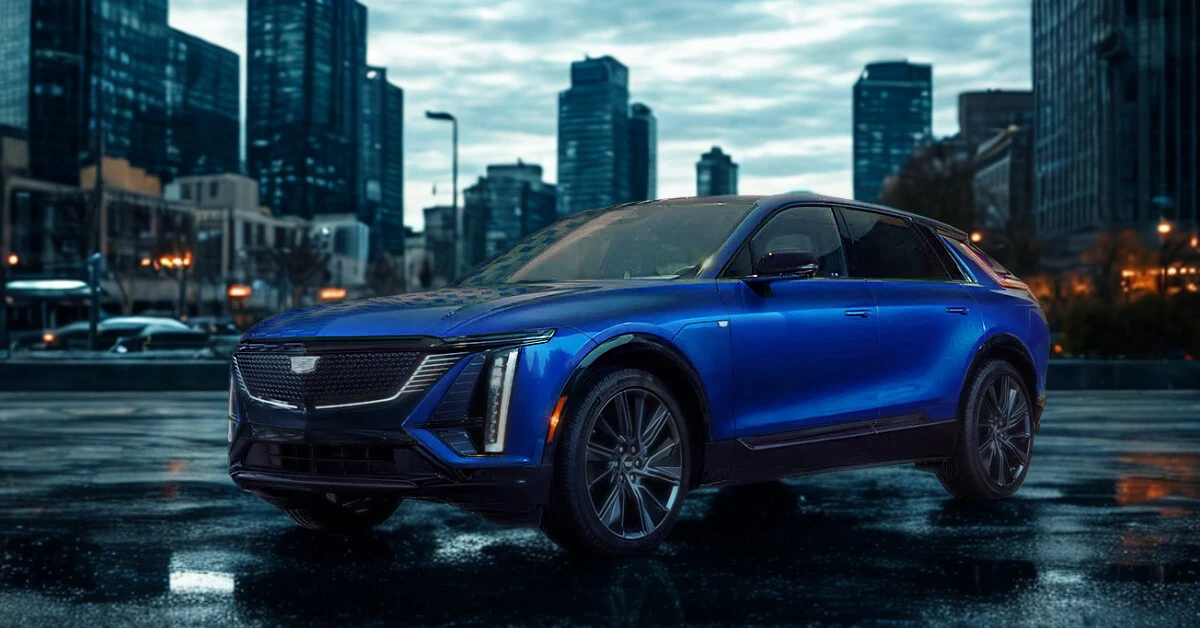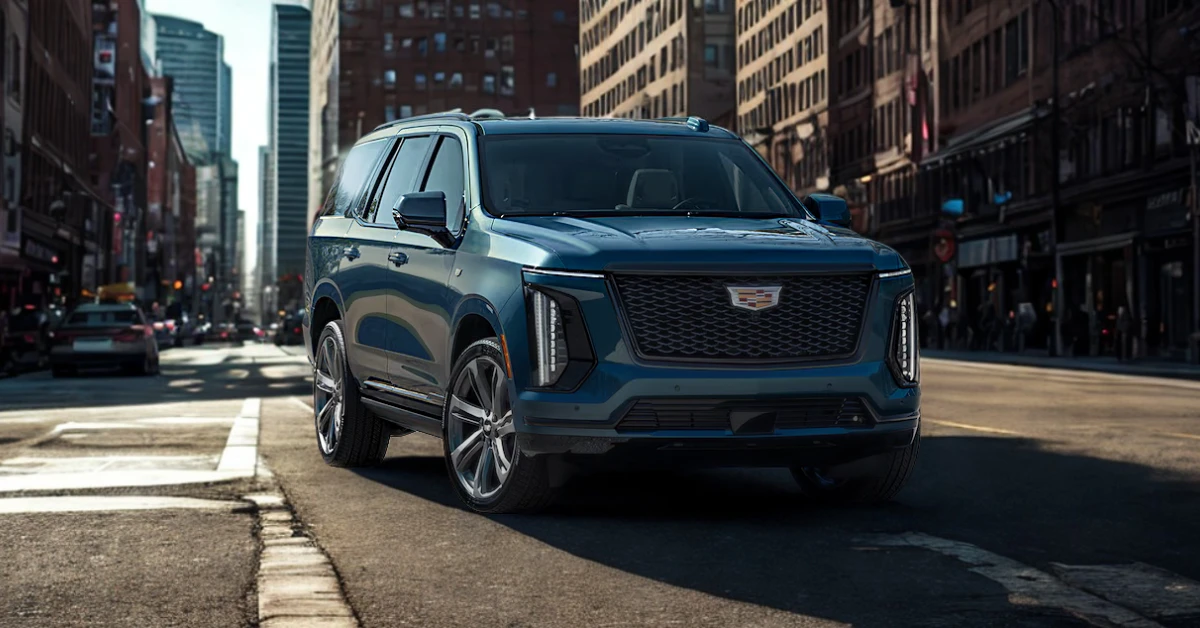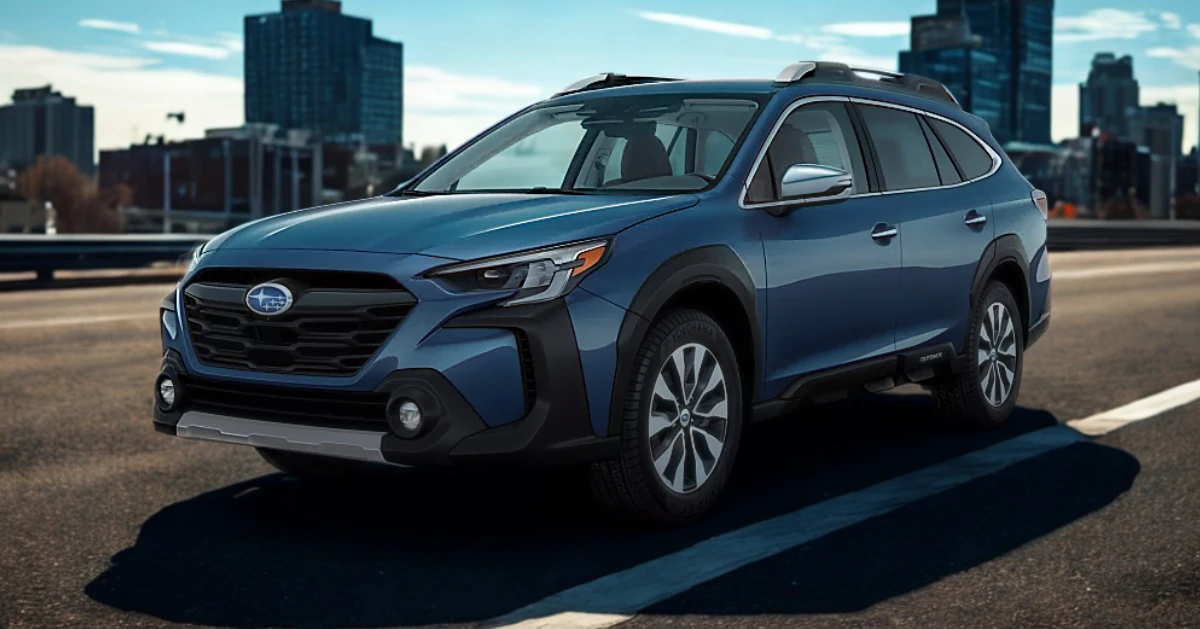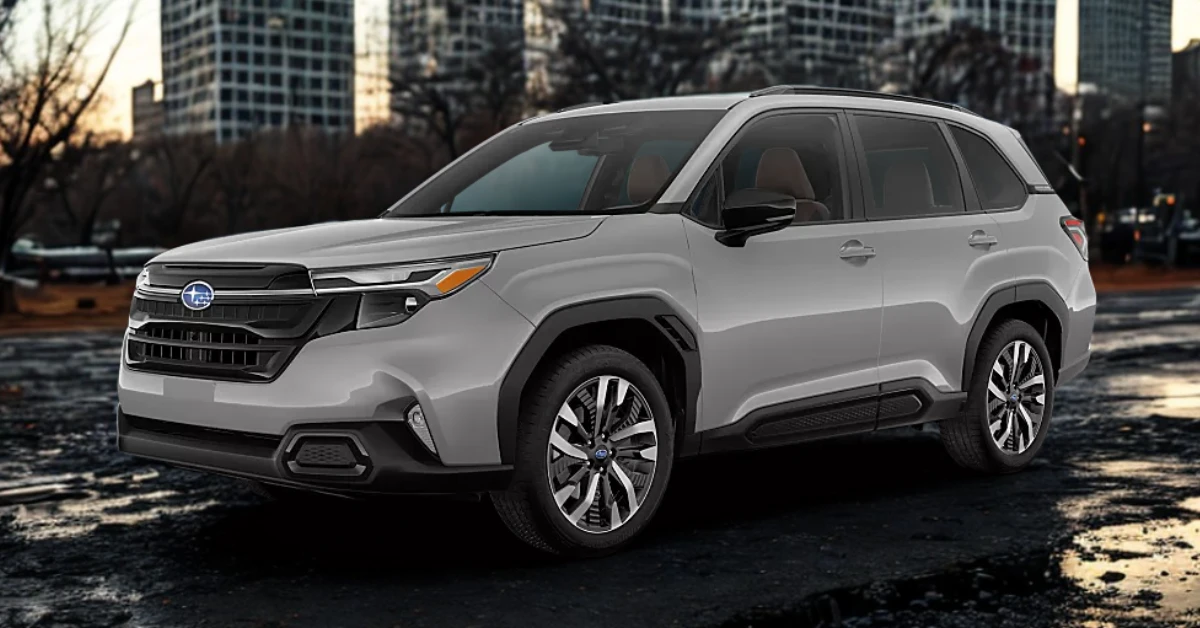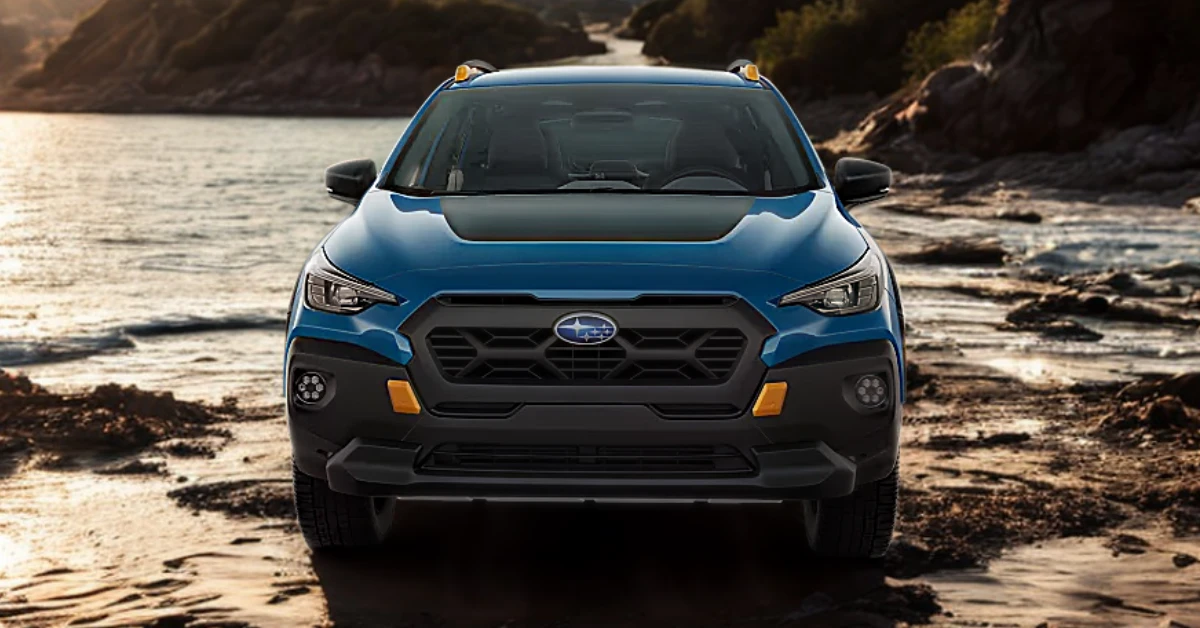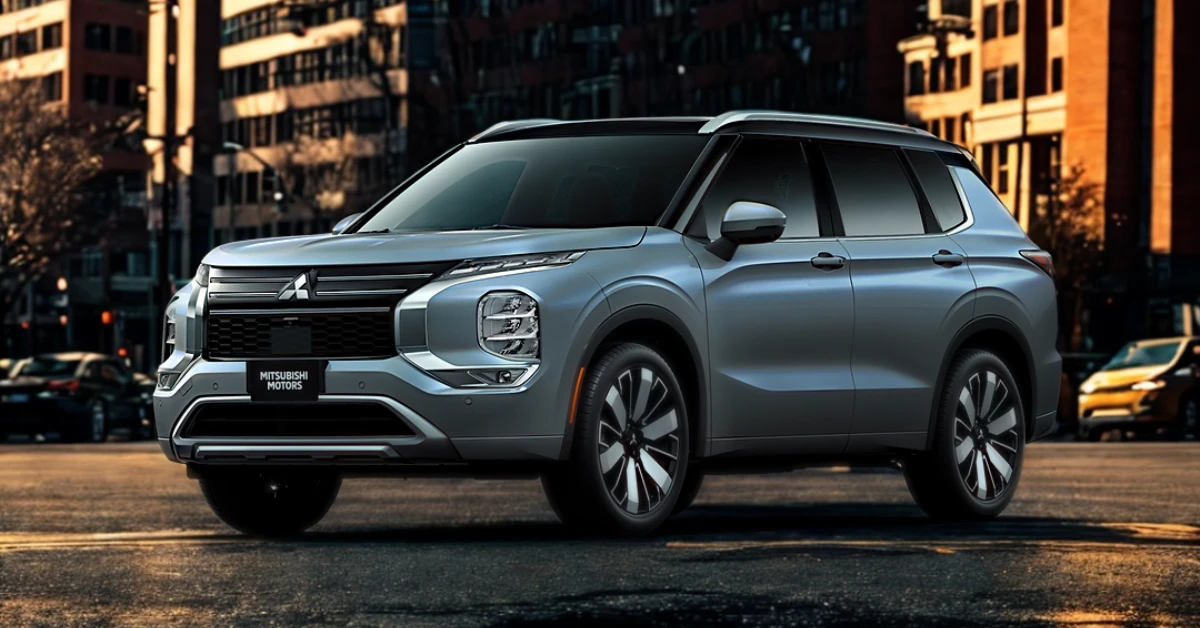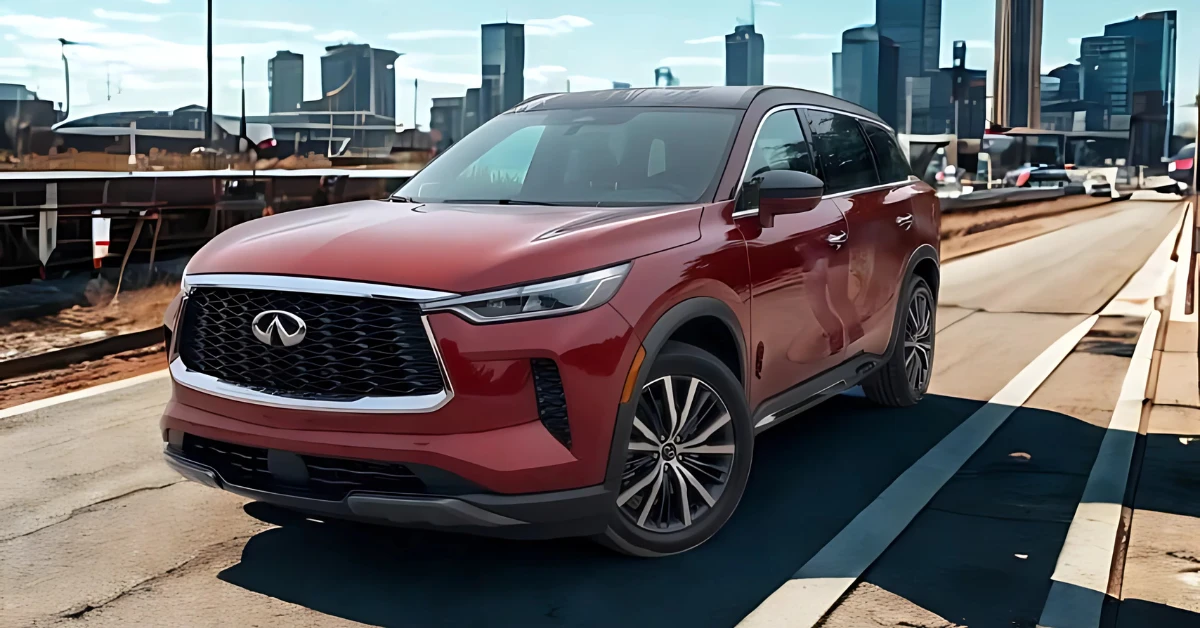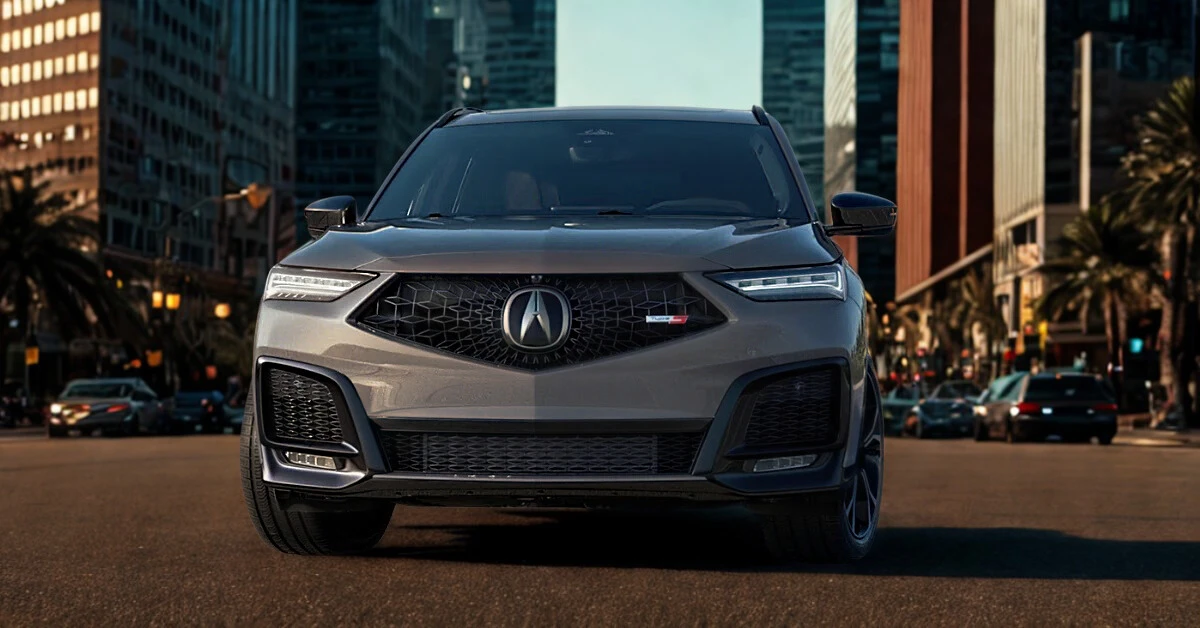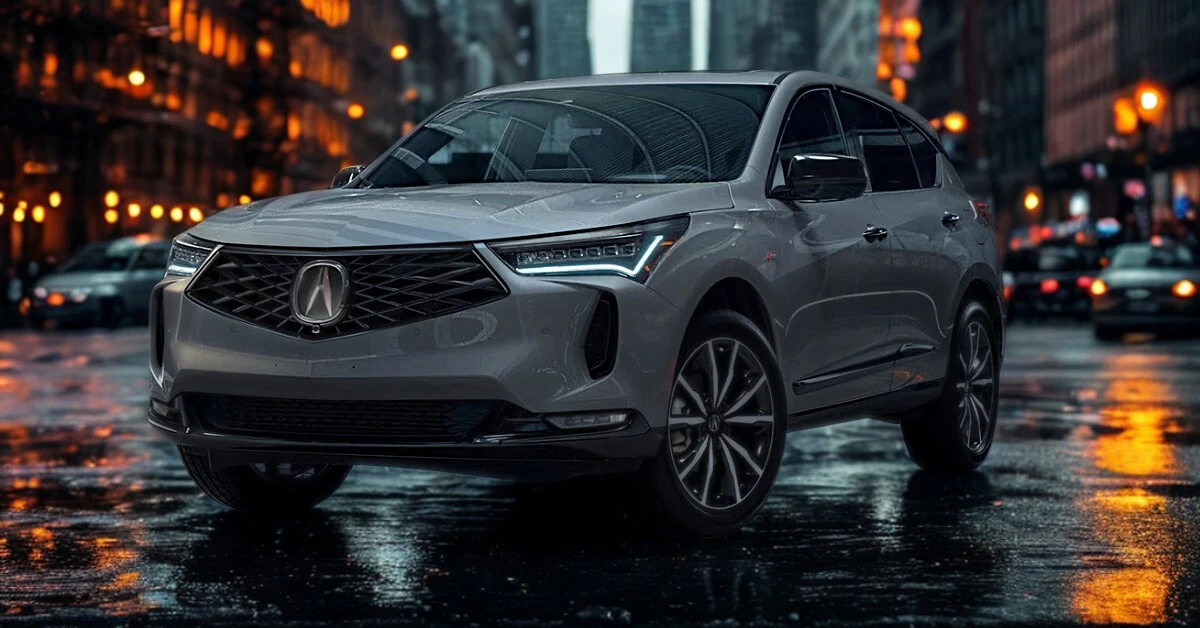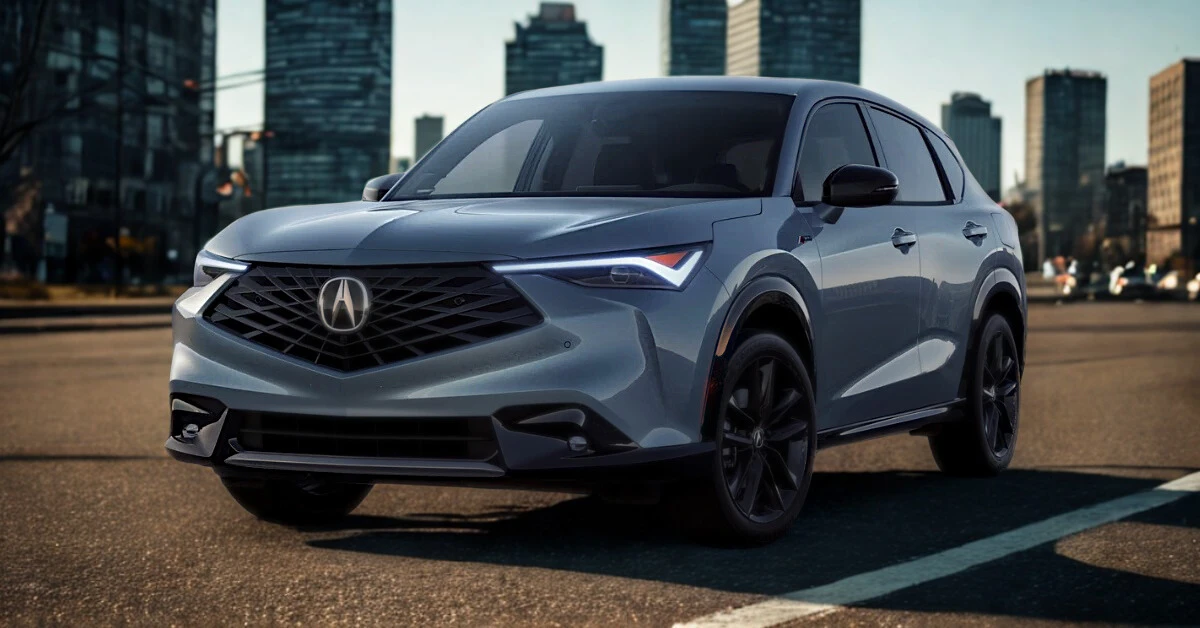2025 Honda Civic Specifications
- POWERTRAINS
- TRIMS
- COLORS
- DIMENSIONS
| Specification | Civic LX CVT Sedan | Civic Sport CVT Sedan |
|---|---|---|
| Base Price | $25,400 | $27,400 |
| EPA Classification | Midsize Cars | Midsize Cars |
| Engine Type | Regular Unleaded I-4 | Regular Unleaded I-4 |
| Displacement | 2.0L/122 cu. in. | 2.0L/122 cu. in. |
| Fuel System | Gasoline Direct Injection | Gasoline Direct Injection |
| Horsepower | 150 @ 6400 rpm | 150 @ 6400 rpm |
| Torque | 133 lb-ft @ 4000 rpm | 133 lb-ft @ 4000 rpm |
| Transmission | CVT w/OD | CVT w/OD w/Paddle Shifters |
| Drive Type | Front-Wheel Drive | Front-Wheel Drive |
| Number of Transmission Speeds | 1 | 1 |
| Driving Modes | 2 (Econ, Normal) | 3 (Econ, Normal, Sport) |
| Fuel Economy (city/hwy/combined) | 32/41/36 mpg (Est) | 31/39/34 mpg (Est) |
| Fuel Tank Capacity | 12.4 gal. | 12.4 gal. |
| Range (city/hwy) | 396.8/508.4 miles | 384.4/483.6 miles |
| Curb Weight | 2,875 lbs | 2,926 lbs |
| Suspension Type (Front/Rear) | Strut / Multi-Link | Strut / Multi-Link |
| Tires | P215/55HR16 | P235/40WR18 |
| Turning Diameter (curb to curb) | 36.1 ft | 38.1 ft |
| Special Features | Idle-Stop, Hill Hold Control | Idle-Stop, Remote Engine Start, Hill Hold Control |
Interior Features
| Feature | Civic LX CVT Sedan | Civic Sport CVT Sedan |
|---|---|---|
| Seating Capacity | 5 | 5 |
| Seating Material | Cloth | Cloth/Leatherette |
| Front Seats | Bucket | Bucket |
| Driver’s Seat | 6-Way | 6-Way |
| Passenger Seat | 4-Way | 4-Way |
| Rear Seats | Full Folding Bench | 60-40 Folding Bench |
| Front Head Room | 39.3 in. | 39.3 in. |
| Front Leg Room | 42.3 in. | 42.3 in. |
| Front Shoulder Room | 57.0 in. | 57.0 in. |
| Front Hip Room | 54.3 in. | 54.3 in. |
| Rear Head Room | 37.1 in. | 37.1 in. |
| Rear Leg Room | 37.4 in. | 37.4 in. |
| Rear Shoulder Room | 56.0 in. | 56.0 in. |
| Rear Hip Room | 48.9 in. | 48.9 in. |
| Steering Wheel | Urethane | Leather |
| Gear Shifter Material | Urethane | Leather/Metal-Look |
| Air Conditioning | Automatic | Automatic |
| Rear Center Armrest | Not Standard | Standard |
| Interior Trim | Piano Black/Metal-Look | Piano Black/Metal-Look |
| Front Center Armrest | Sliding | Sliding |
Technology
| Feature | Civic LX CVT Sedan | Civic Sport CVT Sedan |
|---|---|---|
| Touchscreen | 7″ Color | 7″ Color |
| Audio System | 160-Watt (4 speakers) | 180-Watt (8 speakers) |
| Apple CarPlay/Android Auto | Standard | Standard |
| Bluetooth | HandsFreeLink and Streaming Audio | HandsFreeLink and Streaming Audio |
| HondaLink | Standard | Standard |
| USB Ports | USB-C 3.0A Interface Port | USB-C 3.0A Interface Port |
| Speed-Sensitive Volume Control | Standard | Standard |
| Radio Data System (RDS) | Standard | Standard |
| LCD Monitors | 2 in Front | 2 in Front |
Safety & Driver Assistance
| Feature | Civic LX CVT Sedan | Civic Sport CVT Sedan |
|---|---|---|
| Adaptive Cruise Control | With Traffic Stop-Go | With Traffic Stop-Go |
| Collision Mitigation Braking (CMBS) | Standard | Standard |
| Forward Collision Warning (FCW) | Standard | Standard |
| Lane Keeping Assist (LKAS) | Standard | Standard |
| Road Departure Mitigation (RDM) | Standard | Standard |
| Lane Departure Warning | Standard | Standard |
| Blind Spot Information System | Not Standard | Standard |
| Rear Cross Traffic Monitor | Not Standard | Standard |
| Driver Monitoring Alert | Standard | Standard |
| Back-Up Camera | Standard | Standard |
| Airbags | Front, Side, Knee, Curtain | Front, Side, Knee, Curtain |
| ABS And Driveline Traction Control | Standard | Standard |
| Electronic Stability Control | Standard | Standard |
| Rear Child Safety Locks | Standard | Standard |
Exterior Features
| Feature | Civic LX CVT Sedan | Civic Sport CVT Sedan |
|---|---|---|
| Body Style | Sedan | Sedan |
| Length | 184.8 in. | 184.8 in. |
| Width (without mirrors) | 70.9 in. | 70.9 in. |
| Height | 55.7 in. | 55.7 in. |
| Wheelbase | 107.7 in. | 107.7 in. |
| Front Track Width | 60.9 in. | 60.5 in. |
| Rear Track Width | 62.0 in. | 61.6 in. |
| LED Headlights | Auto On/Off Reflector w/Auto High-Beam | Auto On/Off Reflector w/Auto High-Beam |
| LED Brakelights | Standard | Standard |
| Side Mirrors | Body-Colored Power | Black Power Heated |
| Wipers | Fixed Interval | Fixed Interval |
| Grille | Black | Black |
| Chrome Tailpipe Finisher | Not Standard | Standard |
| Body-Colored Bumpers | Standard w/Black Bumper Insert | Standard w/Black Bumper Insert |
| Rocker Panel Extensions | Standard | Standard |
Suspension & Chassis
| Feature | Civic LX CVT Sedan | Civic Sport CVT Sedan |
|---|---|---|
| Front Suspension | Strut w/Coil Springs | Strut w/Coil Springs |
| Rear Suspension | Multi-Link w/Coil Springs | Multi-Link w/Coil Springs |
| Shock Absorbers | Gas-Pressurized | Gas-Pressurized |
| Steering Type | Electric Power-Assist Speed-Sensing | Electric Power-Assist Speed-Sensing |
| Turning Diameter (curb to curb) | 36.1 ft | 38.1 ft |
| Front/Rear Anti-Roll Bars | Standard | Standard |
| Brake Type | 4-Wheel Disc w/4-Wheel ABS | 4-Wheel Disc w/4-Wheel ABS |
| Front Brake Rotors | Vented Discs (11.1 in.) | Vented Discs (11.1 in.) |
| Rear Brake Rotors | 10.2 in. | 10.2 in. |
| Brake Assist | Standard | Standard |
| Hill Hold Control | Standard | Standard |
| Electric Parking Brake | Standard | Standard |
Wheels & Tires
| Feature | Civic LX CVT Sedan | Civic Sport CVT Sedan |
|---|---|---|
| Wheels | 16″ w/Full Covers | 18″ Gloss Black Alloy |
| Wheel Material | Steel | Aluminum |
| Tires | P215/55HR16 | P235/40WR18 |
| Spare Tire Type | Compact | Compact |
| Spare Wheel Material | Steel | Steel |
Cargo Capacity
| Feature | Civic LX CVT Sedan | Civic Sport CVT Sedan |
|---|---|---|
| Trunk Space | 14.8 cu. ft. | 14.8 cu. ft. |
| Total Passenger Volume | 99.0 cu. ft. | 99.0 cu. ft. |
Convenience Features
| Feature | Civic LX CVT Sedan | Civic Sport CVT Sedan |
|---|---|---|
| Proximity Key For Push Button Start | Standard | Standard |
| Power Door Locks w/Autolock | Standard | Standard |
| Power Windows | 1-Touch Up/Down | 1-Touch Up/Down |
| Cruise Control | Standard w/Steering Wheel Controls | Standard w/Steering Wheel Controls |
| Tilt/Telescoping Steering Column | Manual | Manual |
| Driver Information Center | Standard | Standard |
| Outside Temp Gauge | Standard | Standard |
| Trip Computer | Standard | Standard |
| Redundant Digital Speedometer | Standard | Standard |
| Illuminated Entry | Standard | Standard |
| Illuminated Glove Box | Standard | Standard |
| 12V DC Power Outlet | 1 | 1 |
| Remote Releases (Cargo Access) | Power | Power |
| Illuminated Ignition Switch | Not Standard | Standard |
Warranty & Coverage
| Feature | Civic LX CVT Sedan | Civic Sport CVT Sedan |
|---|---|---|
| Basic Warranty | 3 years/36,000 miles | 3 years/36,000 miles |
| Drivetrain Warranty | 5 years/60,000 miles | 5 years/60,000 miles |
| Corrosion Warranty | 5 years/Unlimited miles | 5 years/Unlimited miles |
| Roadside Assistance | 3 years/36,000 miles | 3 years/36,000 miles |
| Maintenance | 1 year/12,000 miles | 1 year/12,000 miles |
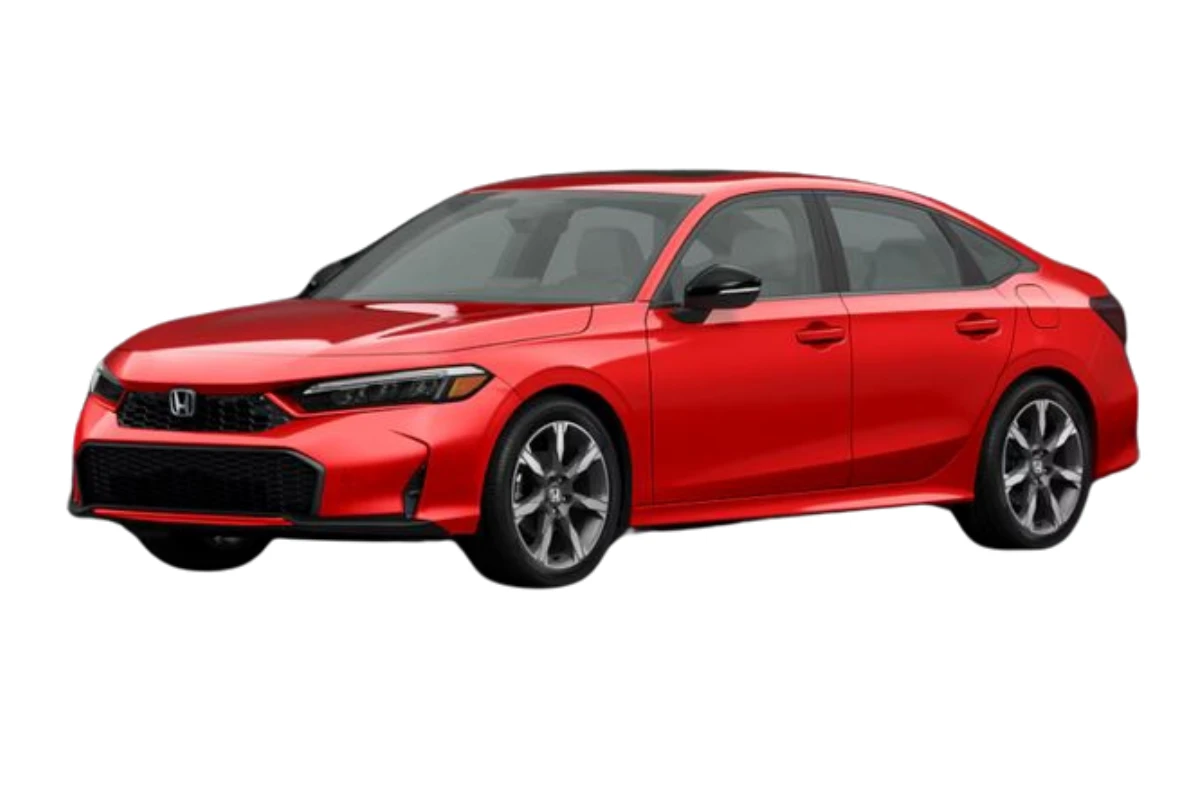
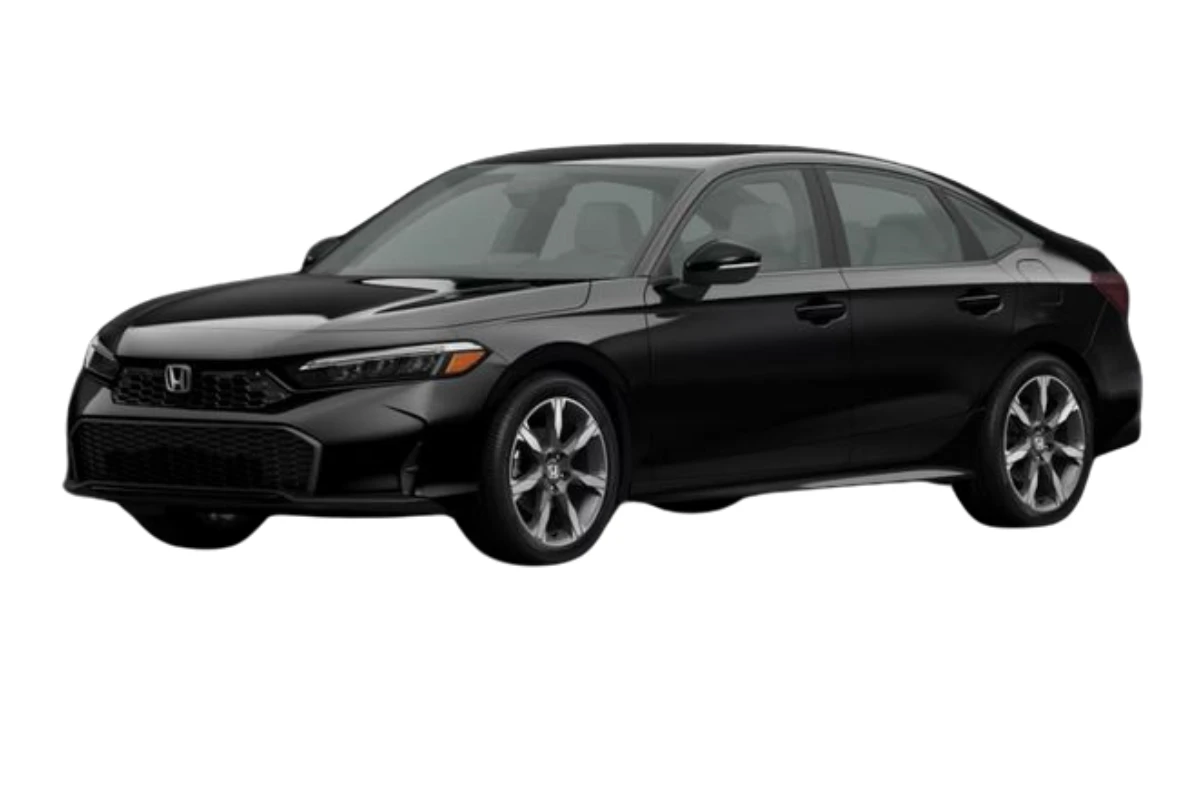

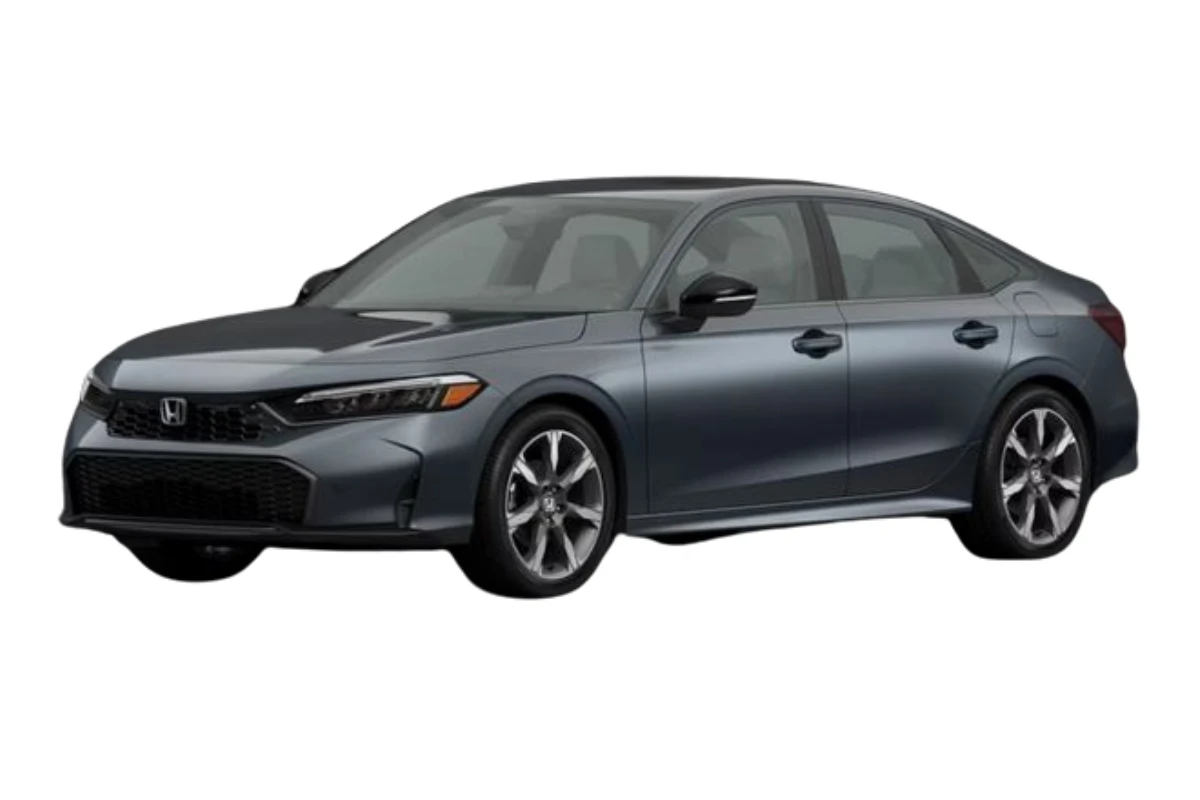
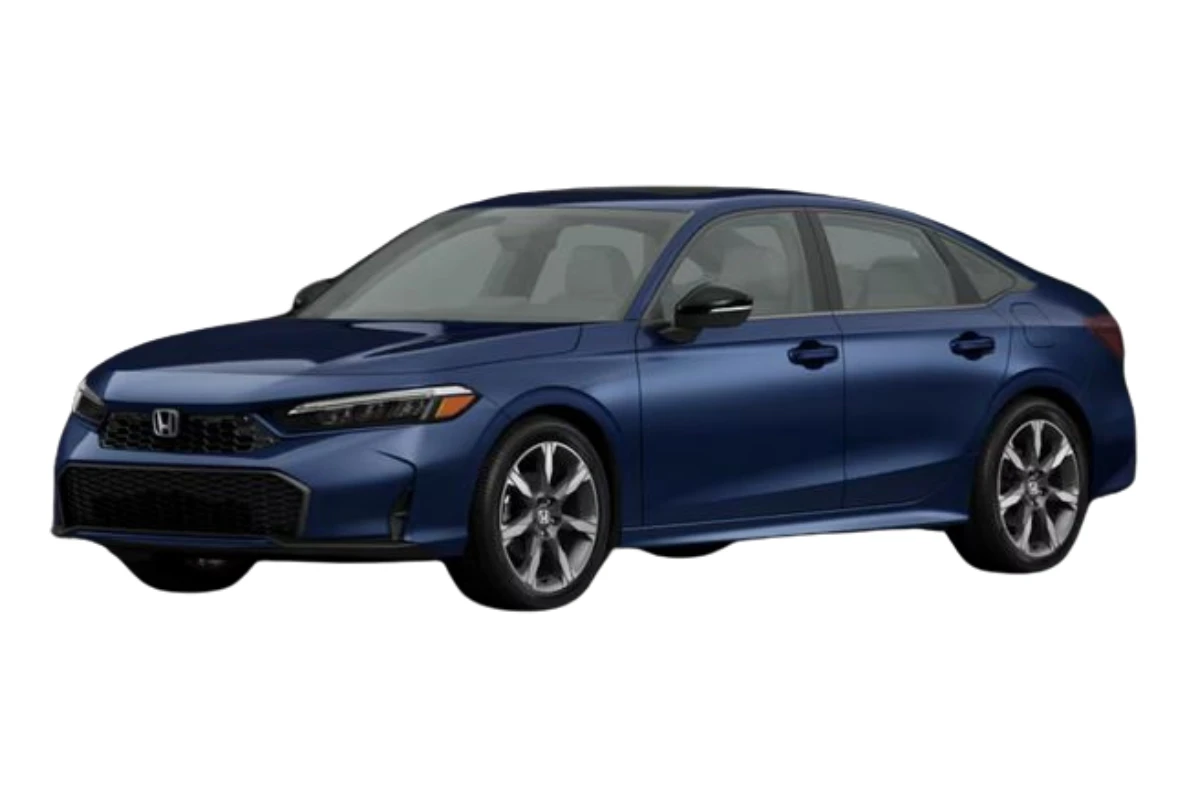
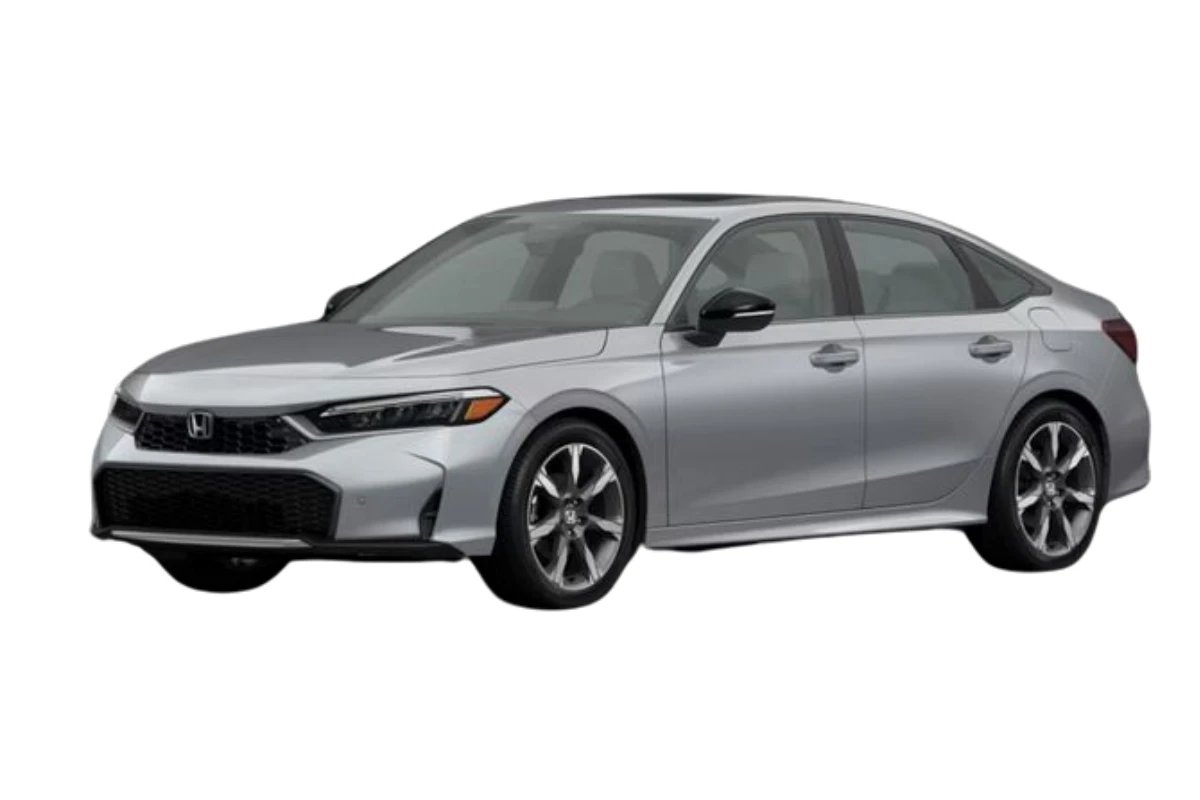
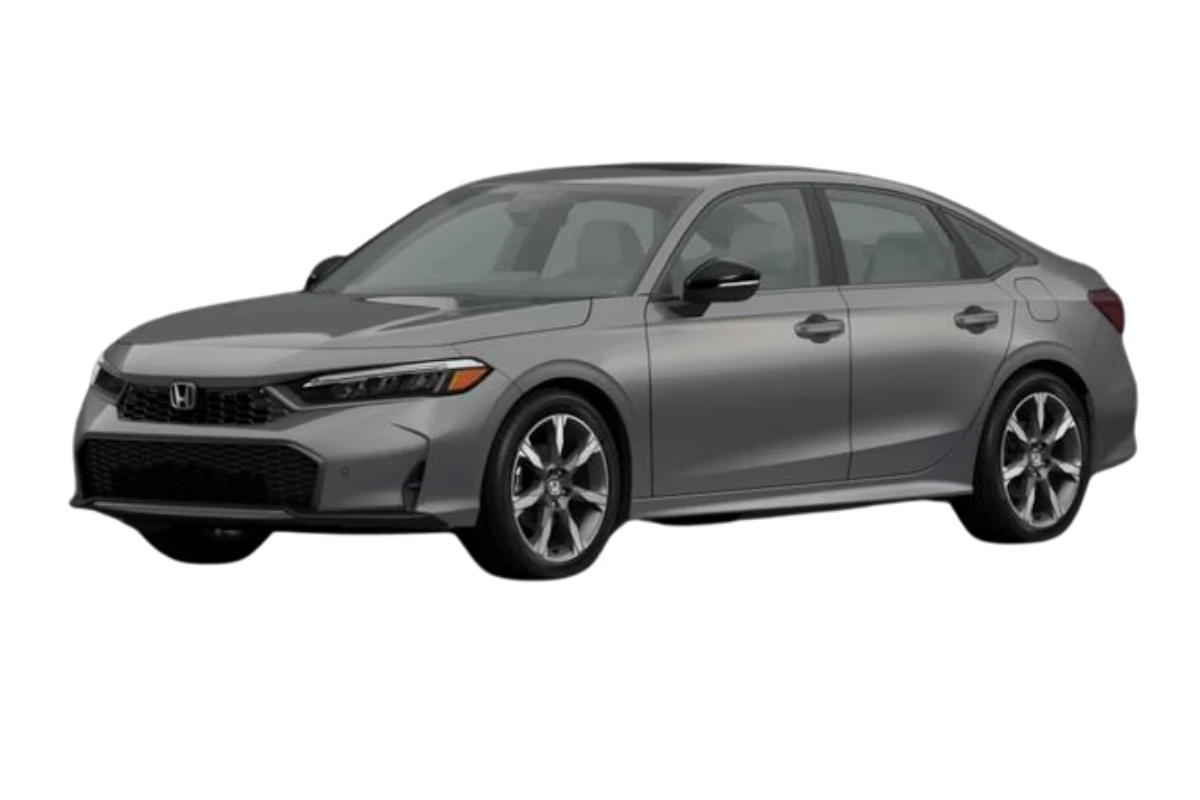
Exterior Dimensions
| Dimension | Civic LX CVT Sedan | Civic Sport CVT Sedan |
|---|---|---|
| Base Price | $25,400 | $27,400 |
| Wheelbase | 107.7 in | 107.7 in |
| Overall Length | 184.8 in | 184.8 in |
| Overall Width (without mirrors) | 70.9 in | 70.9 in |
| Overall Height | 55.7 in | 55.7 in |
| Front Track Width | 60.9 in | 60.5 in |
| Rear Track Width | 62.0 in | 61.6 in |
Interior Dimensions
| Dimension | Civic LX CVT Sedan | Civic Sport CVT Sedan |
|---|---|---|
| Passenger Capacity | 5 | 5 |
| Total Passenger Volume | 99.0 cu ft | 99.0 cu ft |
| Front Head Room | 39.3 in | 39.3 in |
| Front Leg Room | 42.3 in | 42.3 in |
| Front Shoulder Room | 57.0 in | 57.0 in |
| Front Hip Room | 54.3 in | 54.3 in |
| Rear Head Room | 37.1 in | 37.1 in |
| Rear Leg Room | 37.4 in | 37.4 in |
| Rear Shoulder Room | 56.0 in | 56.0 in |
| Rear Hip Room | 48.9 in | 48.9 in |
Cargo Dimensions
| Dimension | Civic LX CVT Sedan | Civic Sport CVT Sedan |
|---|---|---|
| Trunk Space | 14.8 cu ft | 14.8 cu ft |
Weight & Capacity
| Dimension | Civic LX CVT Sedan | Civic Sport CVT Sedan |
|---|---|---|
| Base Curb Weight | 2,875 lbs | 2,926 lbs |
| Fuel Tank Capacity | 12.4 gal | 12.4 gal |
Wheels & Tires
| Dimension | Civic LX CVT Sedan | Civic Sport CVT Sedan |
|---|---|---|
| Front Wheel Size | 16 x 7 in | 18 x 8 in |
| Rear Wheel Size | 16 x 7 in | 18 x 8 in |
| Front Tire Size | P215/55HR16 | P235/40WR18 |
| Rear Tire Size | P215/55HR16 | P235/40WR18 |
| Spare Wheel Size | Compact | Compact |
| Spare Wheel Material | Steel | Steel |
| Spare Tire Size | Compact | Compact |
Turning & Maneuverability
| Dimension | Civic LX CVT Sedan | Civic Sport CVT Sedan |
|---|---|---|
| Turning Diameter (curb to curb) | 36.1 ft | 38.1 ft |
| Steering Type | Rack-Pinion | Rack-Pinion |
2025 Honda Civic Overview:
The 2025 Honda Civic is hitting the market with some subtle but pretty significant updates to its 11th-generation design. It’s keeping its spot as a go-to choice in the compact sedan world. This refresh brings some new styling tweaks, updated engines that focus on efficiency, and yep, the Civic Hybrid is back in the lineup. You can choose from different trims for the gas models—the LX kicks off at about $25,345, while the Sport starts at $27,345. The Civic is sticking to its long-standing tradition of delivering practical, efficient, and fun rides at prices that don’t break the bank.
Now, in today’s compact car scene, the Civic has some tough competition. We’ve got contenders like the Toyota Corolla, Mazda 3, Hyundai Elantra, Kia Forte, Volkswagen Jetta, and Subaru Impreza. Each of these rivals has something unique to offer: the Corolla is known for its legendary reliability and hybrid efficiency; the Mazda 3 has a premium interior vibe and optional turbo power; the Elantra and Forte are all about strong value with longer warranties; the Jetta brings that European driving feel; and the Impreza, well, it’s got standard all-wheel drive.
What really makes the Civic stand out? It’s that perfect balance of features. Sure, some competitors might shine in certain areas, but the Civic consistently delivers solid performance across almost every metric that matters to compact car buyers. Its roomy interior is surprising for its size, giving you enough space for passengers and cargo that can rival some midsize sedans. And when it comes to driving, it strikes a nice balance between comfort and engagement, which is rare in this segment.
For 2025, Honda has streamlined the gas-powered Civic lineup, focusing mainly on the entry-level LX and the more popular Sport trim. The LX is all about value, offering the essentials at a more budget-friendly price, while the Sport adds some visual flair and comfort features that have made it a top seller. The higher trims are now exclusively for the hybrid models—the Sport Hybrid ($29,845) and Sport Touring Hybrid ($32,845)—but we won’t get into those here since we’re sticking with the gas options.
Even with rising prices in the car industry, the Civic still holds its ground, especially when you think about its impressive resale value—estimated at around 64.8% after five years, which is one of the best in any category. This strong retention of value kinda helps balance out the slightly higher initial cost compared to some of its rivals, making the Civic a smart long-term investment.
The 2025 Civic keeps up Honda’s rep for solid construction, thoughtful design, and enjoyable driving dynamics, all while incorporating the latest safety tech and efficiency standards. So whether you’re a commuter who values comfort and efficiency, a young professional looking for that premium feel without the hefty price tag, or a small family that needs practical transport with room to grow, the 2025 Civic really makes a strong case for itself in this increasingly crowded market.
Engine Options and Performance Specs:
So, let’s talk about the 2025 Honda Civic gas models. They come with a revamped 2.0-liter naturally aspirated four-cylinder engine across both trim levels available. Now, this engine has been slightly dialed back for the new model year, producing 150 horsepower and 133 lb-ft of torque—down a bit from the previous 158 horsepower. Why, you ask? Well, Honda aims to boost fuel economy by using an Atkinson-like cycle, which is all about that efficiency. It’s a smart move, considering the Civic’s reputation for being practical. But hey, if you’re craving a bit more excitement, you’ll want to check out the Si model with its turbocharged engine instead.
When you get behind the wheel of the Civic with this 2.0-liter engine, the power delivery feels smooth and is just right for daily driving. But don’t expect any heart-pounding acceleration. User tests show that the Civic Sport can hit 0-60 mph in about 8.7 seconds, which is decent but puts it squarely in the middle of the compact car pack performance-wise. The real highlight here is the engine’s refinement and Honda’s track record for reliability; this K20 powerplant is a testament to their engineering skills.
For 2025, all gas-powered Civics come with a continuously variable transmission, or CVT, since Honda has ditched the manual option for the standard lineup (though you can still get a manual in the Si and Type R). The CVT has been fine-tuned to reduce that typical “rubber band” sensation, so it generally just hums along in the background during your everyday drives. In the Sport trim, you’ll find paddle shifters on the steering wheel that let you simulate gear changes, which can help cut down on that annoying engine drone when you’re accelerating.
Speaking of the Sport trim, it includes a drive mode selector—Normal, Econ, and Sport settings—that tweak the throttle response and how the transmission behaves. While Sport mode doesn’t magically turn the Civic into a high-performance beast, it does make the throttle a bit snappier and keeps the engine revving higher for quicker power delivery. On the flip side, the Econ mode is all about squeezing out the best fuel efficiency, softening the throttle inputs, and optimizing the CVT for better mileage instead of performance.
Now, here’s something to keep in mind: the Civic’s powertrain has a bit of a slow start—initial acceleration can feel a little sluggish when you first hit the gas. We noted that it can feel hesitant, particularly when merging into traffic or making quick turns. But once you’re rolling, the powertrain feels much more responsive, giving you enough oomph for highway passing. The CVT’s programmed simulated shift points do help make driving feel more natural compared to some rivals that don’t nail the CVT experience quite as well.
For day-to-day driving, the combination of the 2.0-liter engine and CVT works just fine, striking a balance between decent performance and solid fuel economy. Sure, the powertrain might not be the most thrilling aspect of the Civic, but its smoothness, efficiency, and reliability are right in line with what you’d expect from this practical car. If you’re after a lot more power, then you might want to consider the Civic Si, which packs a 200-horsepower turbocharged engine—just keep in mind that it comes with the requirement of a manual transmission and a heftier price tag.
Closer Look at the Civic’s Brakes:
The 2025 Honda Civic sticks with the reliable braking system that’s been a solid performer for the 11th generation since it first hit the market. All gas-powered Civics come equipped with front and rear disc brakes, which means you can count on consistent stopping power—just what you’d expect from a car in this category. You’ll notice that the brake pedal has a nice, progressive feel to it, with a natural point where it engages, making everyday stops smooth and giving you that extra bit of confidence when you need to brake hard in an emergency.
When you first tap the pedal, it responds gently, and as you push harder, you’ll feel the pressure build. This setup makes it easier to control your braking in daily driving situations, preventing those jarring stops that can happen with brakes that are too sensitive. A lot of our reviewers have mentioned how intuitive the braking system is, which means there’s hardly any learning curve for drivers new to the Civic. This natural responsiveness enhances the overall driving experience—a trait that Civics are known for.
Now, all the 2025 models come with an electronic parking brake that has an automatic brake hold feature, which, sure, is becoming more common these days, but it’s still a pretty handy addition. You can activate the auto brake hold with a button located near the shifter, allowing you to take your foot off the brake when you’re sitting at a red light or stuck in traffic. This can help reduce fatigue during long commutes. And when you’re ready to go, just hit the gas, and the system smoothly releases the brakes.
Plus, the braking system is backed up by Honda’s robust suite of active safety features, including Collision Mitigation Braking. This nifty system can automatically apply the brakes if it senses a collision is imminent, which can either lessen the impact or even help you avoid an accident altogether. Users have pointed out that this feature tends to operate discreetly, steering clear of the overly aggressive interventions that you might find in some other vehicles.
Historically, Civics are known for their impressive brake life and durability, with many owners noting that their brake components last longer than those in some competing models. This is definitely something to think about when you’re considering the total cost of ownership since it could mean lower maintenance expenses down the road.
For those who prioritize safety, it’s worth mentioning that the braking system works hand-in-hand with the Civic’s finely-tuned stability control system. This system steps in when necessary, but it doesn’t feel like it’s constantly getting in the way, even during more spirited driving. This balanced approach to tech really underscores Honda’s commitment to putting the driver first, giving you that safety net without taking away from the engaging driving experience that has always been a big draw for the Civic.
Steering and Suspension Performance on Various Terrains:

The 2025 Honda Civic really stands out, thanks to its steering and suspension setup, which finds a sweet spot between comfort and a sporty feel. Every Civic model comes with electric power-assisted rack-and-pinion steering. This means you get precise control and just the right amount of feedback for a compact sedan. At low speeds, the steering feels light and responsive, making city driving and parking a breeze. Then, as you pick up speed on the highway, it firms up nicely, giving you stability and confidence when you’re changing lanes or cruising for longer stretches.
One of the Civic’s big advantages over many competitors is its fully independent suspension system. It has MacPherson struts in the front and a multi-link setup in the back. This is a notable difference compared to cars like the new Mazda 3, which has cut costs by going for a torsion beam rear suspension. The Civic’s independent rear suspension is a game changer for ride quality and handling. It shines especially when you’re dealing with bumpy roads, as each wheel can react to imperfections on its own. Our reviewers have pointed this out, saying that it minimizes cabin noise and keeps a steady grip on the road.
Now, about the Sport trim—despite what the name suggests, it doesn’t have a completely different suspension than the LX model. However, it does come with bigger 18-inch wheels that offer a slightly nimbler feel when cornering. There’s a minor compromise in ride comfort, but honestly, most drivers probably won’t notice it much. The suspension does a great job of soaking up bumps while still feeling composed, steering clear of that floaty, disconnected vibe you sometimes get with other comfort-focused competitors.
When it comes to cornering, body roll is well-managed, and you won’t find the ride harsh at all. The Civic remains steady, even when you’re pushing it on twisty roads, and it behaves predictably, which is reassuring for any driver. Some of our reviewers have even described the Civic’s handling as “playful,” making it a fun drive despite its not-so-powerful engine. This reinforces Honda’s knack for making cars that have a sportier essence throughout their lineup.
The turning radius is impressively tight for a car this size, so making U-turns and squeezing into tight parking spots isn’t a hassle. Plus, the excellent visibility from the driver’s seat is a huge plus, making the Civic super user-friendly in busy urban settings where you really need to maneuver. The precise steering plays a big role in all this, with several of our reviewers mentioning how easy it is to place the car exactly where you want it.
In the end, the steering and suspension tuning are definitely among the Civic’s standout features, providing a driving experience that feels like it belongs in a higher class than most compact sedans. The sophisticated multi-link rear suspension—pretty rare in this price range—shows Honda’s dedication to great driving dynamics, even in their entry-level models. This thoughtful design really pays off, making the Civic comfortable for daily commutes and fun for those spontaneous backroad drives, a versatility that’s been a hallmark of Honda’s compact lineup for years.
Tires and Traction:
The 2025 Honda Civic has some interesting tire options that change depending on the trim level, and trust me, this can really impact how the car performs and what you’ll spend in the long run. For starters, the base LX trim rolls out with 16-inch steel wheels that come with hubcaps. It’s paired with 215/55R16 all-season tires. Now, these tires have a taller sidewall, which helps to give you a smoother ride by soaking up those pesky road bumps and vibrations that usually make their way into the cabin. We have pointed out that, sure, these wheels might not be as flashy as the Sport’s alloys, but for folks watching their wallets, this tire size is a smart pick.
If you step up to the Sport trim, you get a snazzier look with larger 18-inch gloss black alloy wheels that are wrapped in 235/40R18 all-season tires. This setup not only gives the Civic a sportier vibe but also slightly improves grip when you’re cornering. But here’s the catch: You might feel a firmer ride. Luckily, the Civic’s suspension is tuned pretty well, so it softens that blow. And let us tell you, a lot of our reviewers have raved about how good the Sport’s wheels look, saying they really boost the car’s overall style, no matter what color you pick.
When it comes to tire noise, both setups manage pretty well, although you might hear a bit more from the Sport’s lower-profile tires on rough roads. Testing showed that at 55 mph, the Sport model measures around 60.4 decibels—right in the middle for compact cars when it comes to noise. It’s not the quietest ride out there, but honestly, it’s good enough for this price point. You can still chat or enjoy your music without cranking it up too high, even when you’re on the highway.
Now, let’s talk about costs. If you’re on a budget, you’ll definitely want to think about replacement costs. The LX’s 16-inch tires are way cheaper to replace over the life of the car compared to the Sport’s 18-inch ones. If you’re keeping an eye on your finances or trying to build some wealth, the lower maintenance costs of the smaller wheels might be appealing—even if those larger wheels do look better.
Both configurations come with a full-size spare tire tucked away under the trunk floor, which is kinda rare these days. Many cars now just have space-saving temporary spares or tire repair kits. So, having a full-size spare is a nice feature—especially for long trips or if you find yourself in areas where roadside assistance isn’t exactly a given.
Oh, and here’s something interesting: neither of the tire options messes with the Civic’s fuel economy too much. There’s just a 2 mpg difference between the LX and Sport trims (36 mpg vs. 34 mpg). So, if you lean towards the Sport’s stylish wheels, you can enjoy that upgrade without a huge hit at the gas pump. It’s a nice nod to Honda’s focus on efficiency throughout the vehicle.
Inside the Civic:
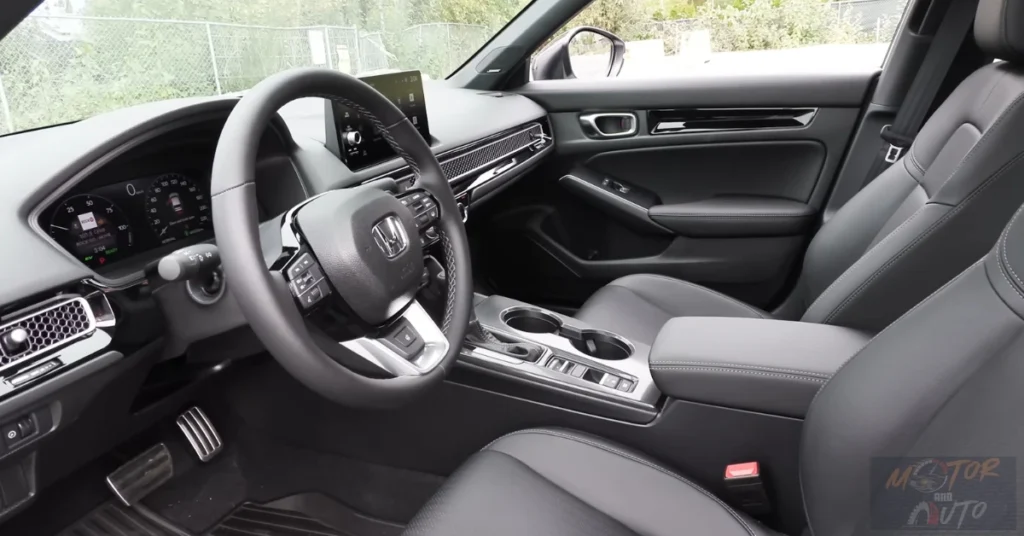


The interior of the 2025 Honda Civic sticks with the clean, horizontal design that’s been a hallmark of this 11th generation. You know, it’s impressive how it manages to convey a premium vibe without breaking the bank. Take the dashboard, for example. It has this cool honeycomb-style mesh that stretches across the cabin, cleverly hiding the air vents while giving the Civic a unique flair that helps it stand out from the crowd. It really shows how Honda pays attention to detail, even in their more budget-friendly models.
About material quality – It’s a highlight for this segment. You’ll find soft-touch surfaces in all the right spots, like the upper dashboard and door panels, especially in both the LX and Sport trims. Speaking of the Sport model, it goes a step further with some nice touches—like a leather-wrapped steering wheel with contrast stitching and a sleek black headliner instead of the gray you get in the LX. The seats? They have this sporty upholstery pattern that’s really eye-catching. We have pointed out the two-tone effect created by the vinyl bolsters and patterned cloth centers on the Sport’s seats. Honestly, they look way fancier than you’d expect at this price!
When it comes to color, the interior does lean heavily on darker tones, with black as the main player, no matter which trim you choose. This gives it a mature and sophisticated feel, but it can come off a bit gloomy, especially when you compare it to rivals that offer lighter interior options. The black headliner in the Sport trim drives home that dark theme, making for a more cockpit-like, driver-centered vibe. In contrast, the LX’s lighter gray headliner adds a touch of airiness to the cabin.
As for the instrument panel, all 2025 Civic models mix digital and analog elements nicely. There’s a 7-inch digital display on the left side that you can configure to show various info, while the right side features a traditional speedometer. This blend of modern tech and familiar design makes it user-friendly—it doesn’t take long to get the hang of it. You can scroll through info like fuel economy, audio details, and even driver assistance stats.
Then there’s the center stack, which is topped with a 7-inch touchscreen infotainment display in both LX and Sport trims. It’s positioned tablet-style on the dashboard for better visibility while driving, which is a nice touch. We have noted that this screen might seem a bit outdated compared to larger displays in some competitors and higher Civic trims, but they generally appreciated how easy it is to use. Below the screen, you’ll find physical climate controls with knobs and buttons—thank goodness! It’s a breath of fresh air compared to those all-touch interfaces that seem to be popping up everywhere these days.
Oh, and the Sport trim adds some nice aluminum sport pedals with rubber inserts, giving it a subtle, sporty flair that fits the athletic theme. Storage is another area where the Civic shines, with a well-designed center console that has a configurable tray system and a surprisingly deep storage bin. Our reviewers have raved about this feature, with one even joking that it could fit “four Game Boys and a whole case of games.” It highlights the practical side of the Civic’s interior design philosophy.
Exterior Design Impressions:

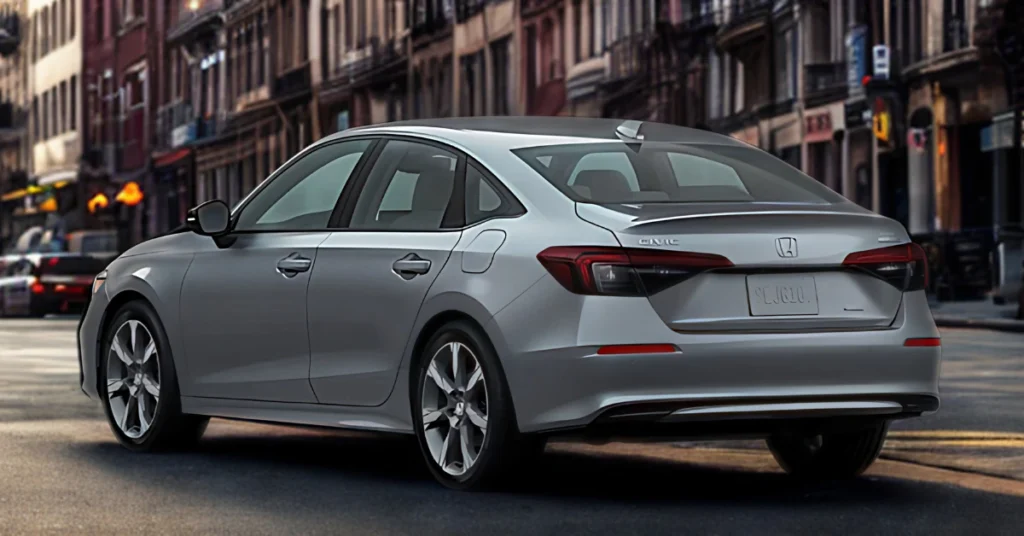
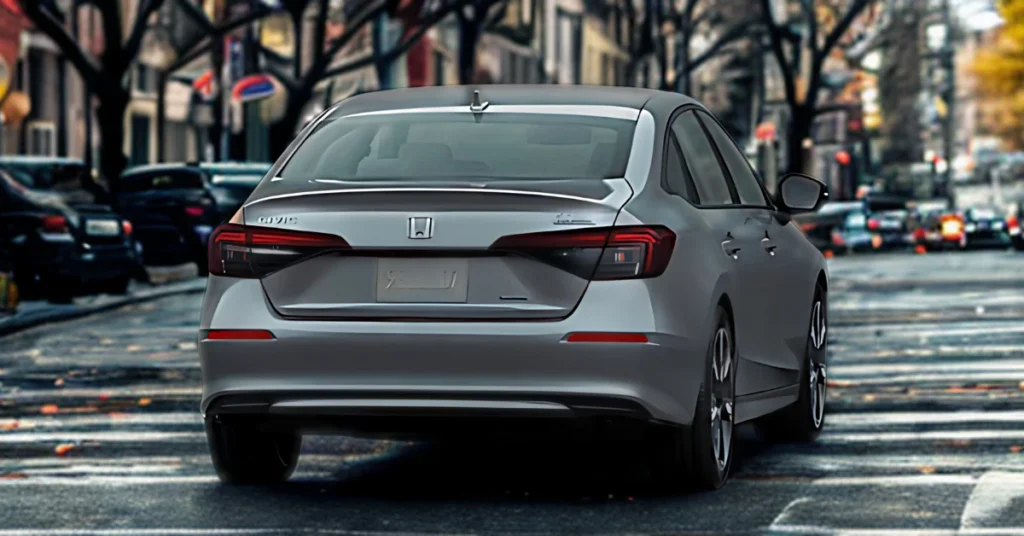
The 2025 Honda Civic takes what we loved about the 11th generation and makes it even better. You can see the subtle updates that enhance its already sleek look. This year, Honda has given the front a bit of a makeover. They’ve added functional air curtains and swapped out those fake fog lights we saw before. There’s also a new honeycomb grille and a more pronounced lower bumper, complete with an extended flat black splitter. These tweaks give the front end a slightly bolder vibe, but it still keeps that elegant, understated style that we’ve come to expect from this model.
Now, if we look at the back, the updates continue. The tail lights have been treated to a darker finish, which really ups the premium feel. While the shape itself hasn’t changed much, the smoked look ties in better with the overall design, especially on darker colors. We have pointed out this small change, saying it adds a nice touch of visual interest without going overboard like some past Civic models did.
When it comes to the LX and Sport trims, they definitely have their own unique vibes even though they share the same frame. The base LX rolls out on 16-inch steel wheels with a mix of silver and black covers, plus body-colored mirror caps. The rear bumper looks cleaner too, without any exhaust finisher. And even though it’s the entry-level model, it still looks pretty sharp and doesn’t scream “base model” from afar.
Now, if you bump up to the Sport trim, you’re in for some nice visual upgrades. The standout feature? Those 18-inch gloss black alloy wheels with a multi-spoke design that fill out the wheel wells better than the smaller ones on the LX. Plus, it switches out the body-colored mirror caps for glossy black ones, replaces chrome around the side windows with black trim, and adds a stainless steel exhaust finisher on the rear bumper’s passenger side. All these details pull together a more refined, sporty look that makes sense for the model that sells the most.
In 2025, Honda also introduced two fresh colors: Urban Gray Pearl (which takes over from Sonic Gray Pearl) and Blue Lagoon Pearl. The Urban Gray is interesting—it has a subtle blue-gray tone with a bit of metallic flake that changes in different light, adding depth to the Civic’s clean lines. And, of course, the classic Rally Red is still around, looking great with the Sport trim’s black accents for that eye-catching contrast.
As for the overall size, things stay the same for 2025. The sedan is still about 184 inches long, with a wheelbase of 107.7 inches. This gives it a well-balanced profile, short overhangs, and a longer hood that’s typical for a front-wheel-drive compact. Lots of our reviewers have praised the Civic’s exterior design for being both restrained and mature, managing to strike that tricky balance between looking modern and timeless. This should help the design age well as the years go by.
Comfort and Convenience Features

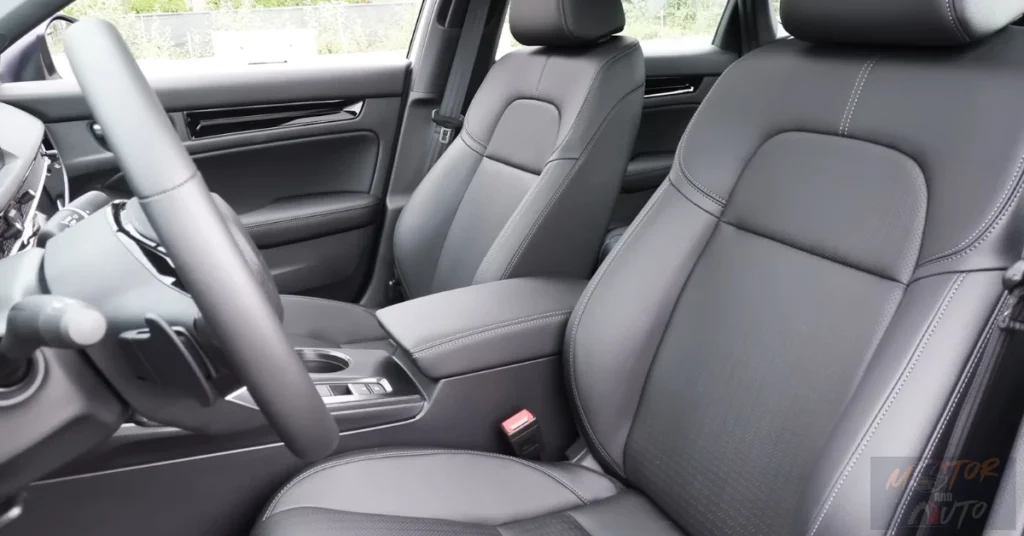

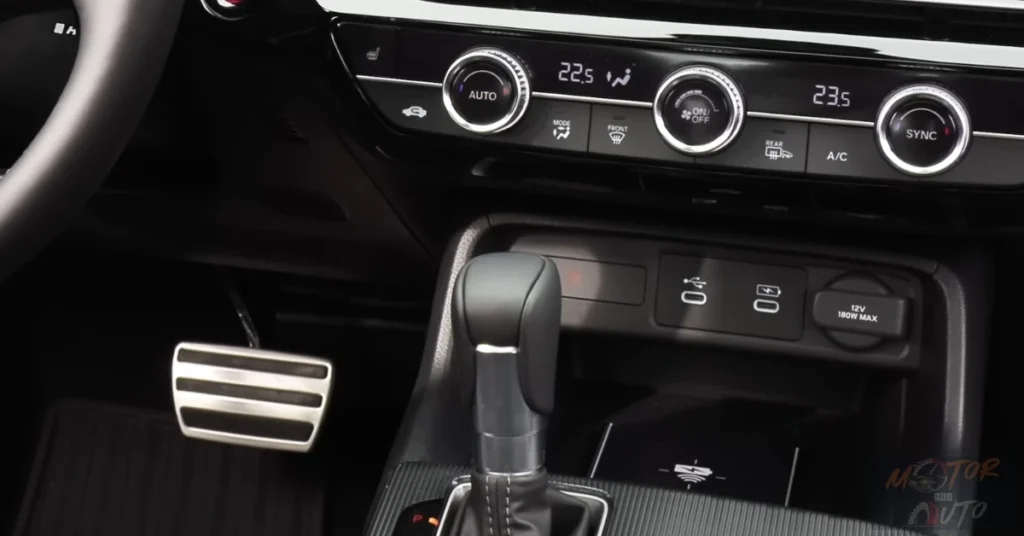

The 2025 Honda Civic shines when it comes to everyday usability. You know, it’s packed with convenient features and has a comfy cabin that makes it perfect for quick trips or those longer drives. One thing that really stands out? The seats! They’re well-shaped and offer solid support for all kinds of body types. If you’re looking at the Sport trim, you’ll find even sportier seat designs that have more bolstering. We mean they mix cloth centers with vinyl side bolsters, which not only look good but also hold up well over time. We have given a thumbs up to the balance of comfort and support in these seats, but the seat bottoms feel a bit firm, especially on longer journeys.
Now, both the LX and Sport trims come with manually adjustable front seats—no power options for the gas models, those are saved for the top hybrid trims. But honestly, even with manual adjustments, we found it easy to settle into a comfy driving position. The seats can move around quite a bit, and the tilt/telescoping steering wheel helps too. The way the driver’s position is designed is impressive, giving you good visibility all around and making it feel natural to drive, thanks to the seat, wheel, and pedals all being in sync.
When it comes to climate control, both the LX and Sport have a single-zone automatic system. It’s got physical knobs and buttons that are super easy to use while you’re driving. This straightforward setup is all about usability, even if it means missing out on those fancy dual-zone systems some competitors have. We have mentioned that it does a great job of heating or cooling the cabin quickly. One downside? No rear air vents, which could be an issue for passengers in the back during extreme weather.
The Sport trim brings a few handy upgrades over the LX. Think remote start, which lets you pre-condition the climate before you even hop in, plus keyless entry that unlocks the doors when you’re close by. And let’s not forget the heated side mirrors for better visibility in bad weather. These features might not be groundbreaking, but they tackle everyday annoyances and help explain why the Sport is such a popular choice. Plus, blind spot monitoring is a nice touch that enhances safety when changing lanes, working well with the already-robust Honda Sensing safety features.
When it comes to storage, the 2025 Civic really excels. The cabin has been designed thoughtfully with clever spaces everywhere. The center console has received a lot of love from our reviewers for its ample size and flexibility. The door pockets are just right for water bottles without cutting into space for other things, and there are little cubbies all over for your phone, wallet, and other daily essentials.
As for noise, vibration, and harshness (NVH) control, the Civic does pretty well for a compact car, though it’s not the absolute best in class. During testing, they measured around 60.4 decibels at highway speeds, placing it comfortably in the middle of the pack. Tire noise is a bit louder than wind or engine sounds, especially in the Sport with its bigger wheels and lower-profile tires. Still, it’s not too loud—conversations and music can be enjoyed without shouting, even on the highway.
Now, audio quality varies depending on the trim. The LX has a basic four-speaker setup, while the Sport bumps it up to an eight-speaker system that’s a noticeable improvement. We praised the Sport’s sound, and it sounds “better than most things in this class,” even though it isn’t the top-tier audio system. This is a solid upgrade for music lovers who might have otherwise needed to invest in aftermarket options.
Connectivity options are good too. You’ve got USB-C ports up front for charging and smartphone integration. Bluetooth is standard across the lineup for calls and streaming music. However, we pointed out that the gas models don’t have wireless charging—only the higher-end hybrid trims do. And the center console has been designed with cable management channels to keep everything neat and tidy, so you won’t end up with a tangled mess of cords.
Safety and Security:
The 2025 Honda Civic stands out when it comes to safety, which is something the brand has always put front and center. Every single trim, even the base LX model, comes with the Honda Sensing suite—this is a big deal. It means that regardless of which model you choose, you get access to essential safety features. Honda believes that safety should be available to everyone, not just those who can afford the pricier models. The Honda Sensing package includes features like Collision Mitigation Braking, Adaptive Cruise Control, Lane Keeping Assist, Road Departure Mitigation, and Traffic Jam Assist. This creates a solid safety net for driving around town every day.
Now, for 2025, Honda has made some tweaks to the adaptive cruise control and lane-keeping systems. Our reviewers have pointed out that these features work way better now—smoother and more predictable than before. The adaptive cruise control is better at keeping consistent distances and adjusting speeds more gracefully. Plus, the lane-keeping system offers gentle steering help without that annoying ping-pong effect that some earlier systems had. These upgrades make it easier for drivers to use these features in daily situations, which is great because it encourages more people to take advantage of them.
If you opt for the Sport trim, you’ll find blind spot monitoring—a significant safety enhancement that’s not in the LX. This system uses indicators in the side mirrors to warn you about vehicles in your blind spots, which makes changing lanes and merging much safer. We pointed to this feature as a solid reason to go with the Sport, especially if you often drive on busy highways or in crowded city streets where visibility can be tricky.
Every 2025 Civic also comes with a multi-angle rearview camera system. You get three viewing options: normal, wide-angle, and top-down. This flexibility helps you pick the best view for whatever parking situation you’re dealing with, making reversing a lot safer. The camera’s resolution isn’t as sharp as what you’d find in fancier cars, but they still found it super useful for everyday parking, especially since the sedan has a longer rear deck that can hide objects right behind you.
About passive safety features – The Civic has got you covered there too, thanks to its ACE (Advanced Compatibility Engineering) body structure. This design helps distribute crash energy more evenly, no matter what kind of collision you might face. The car also comes with several airbags—front, side, and side-curtain—keeping everyone safe in various impact situations. Historically, the Civic has done really well in tests from both NHTSA and IIHS, with its 11th generation even snagging a Top Safety Pick+ award from IIHS.
On the security front, all trims come with standard remote entry. The Sport trim ups the ante with proximity entry, which unlocks the doors automatically when you’re near with the key fob. Both trims include an immobilizer system, which stops the engine from starting unless the right key is used—this really helps cut down on theft risk. And there’s an electronic parking brake with an automatic brake hold function, which keeps the car in place when parked, even if something goes wrong with the mechanical parts. All these thoughtful security features show how Honda has put a lot of thought into both safety and security in the Civic’s overall design.
On the Road with the Civic:
The driving experience of the 2025 Honda Civic is definitely one of its standout features. It brings together comfort, a touch of refinement, and a sense of engagement that sets it apart in the crowded compact car market. You hop in, and right away, the Civic gives off this solid and precise vibe. Honestly, it feels like it belongs in a higher class compared to many of its rivals. The driving position? Just spot-on, with clear visibility all around and controls that are laid out intuitively, so you can keep your eyes on the road without fumbling for buttons.
When you’re zipping around the city, the Civic feels surprisingly nimble, which is impressive given its size. The steering is light enough that parking is a breeze, but as you speed up, it firms up nicely. You really get a good sense of feedback without having to wrestle with the wheel. We have pointed out how tight its turning radius is, making those U-turns and tight spots in busy urban areas much less of a headache. Plus, the suspension is tuned just right—it absorbs potholes and those annoying expansion joints but doesn’t feel like it’s lost touch with the road.
Hit the highway, and the Civic continues to impress. It tracks straight and true, needing only minimal steering adjustments even when the wind picks up. The 2.0-liter engine settles into a chill cruise at highway speeds. Thanks to the CVT, it keeps the revs low, so you get good fuel efficiency and a quieter ride. Sure, you’ll hear some road noise, but it’s nothing that ruins a good chat or your favorite playlist. The adaptive cruise control works like a charm, keeping a steady distance without those jarring accelerations or stops that can make other systems such a pain.
Now, when the road gets twisty, that’s where the Civic shows off its Honda heritage. The handling is something you can trust—it gives you confidence. Body roll? Well controlled without sacrificing comfort. You can feel the car respond to your steering inputs predictably, and at the limits, it transitions smoothly from grip to gentle understeer. Some of our reviewers even said it “feels planted” and “sucks itself to the road,” which captures that secure feeling, even when you’re pushing a bit harder than usual.
As for the engine, while it’s not a powerhouse, it does the job for most everyday driving. It can feel a bit sluggish off the line, especially when you’re trying to merge with fast-moving traffic. But once you’re rolling, it’s got enough oomph for passing on the highway. The Sport mode does make a difference by sharpening the throttle response and holding the revs a bit higher, so if you want a more engaging drive, it’s there for you—though it’s not like night and day. One of our reviewers even mentioned needing to give it “half throttle” to get up to highway speeds comfortably, which kinda sums it up: It’s not the quickest, but it never feels underpowered for normal driving.
And here’s the best part—the Civic manages to deliver this whole balanced driving experience while still being super fuel-efficient. In real-world conditions, it often meets or even beats those EPA estimates, with drivers easily hitting mid-30s mpg in mixed driving. This blend of fun driving with practical efficiency embodies Honda’s engineering ethos, creating a car that ticks both the logical and emotional boxes for car owners without forcing you to compromise on either.
Honda Civic Rear Seat Comfort

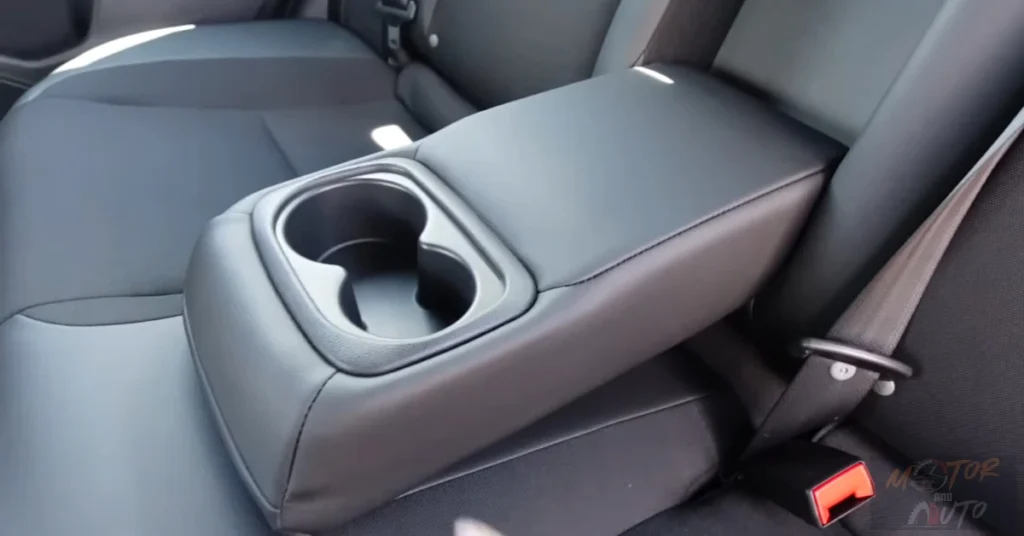
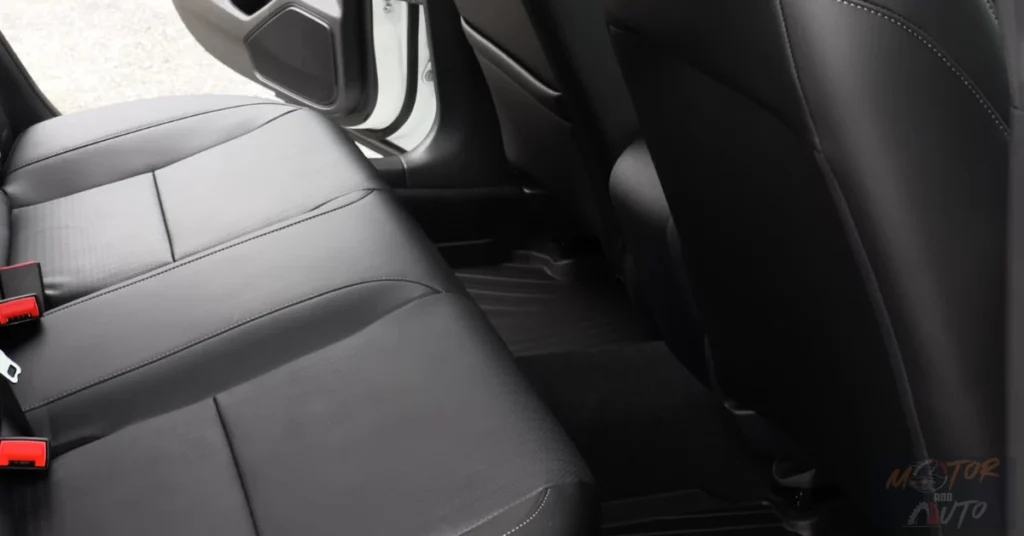
The 2025 Honda Civic surprises you with how roomy and comfy the back seats are—especially for a compact car. You’ve got about 37.4 inches of headroom and the same for legroom. So, it’s not just a cramped spot that feels like an afterthought, like you might find in some other models. This extra space makes the Civic a solid choice for families or anyone who often has passengers, which is a big plus in its class.
Getting in and out of the back is pretty easy, thanks to the wide-opening doors and a roofline that doesn’t force you to duck too much. Once you’re seated, the rear bench is quite nice. It provides decent thigh support, and the backrest isn’t too upright—something that’s often a problem in smaller cars. Reviewers around the 5’10” to 6’0″ mark found they could sit comfortably behind a driver of similar size without feeling squished. However, taller folks over 6’2″ might start feeling the pinch in headroom because of that sloping roofline.
As for the materials, they match what you see up front. The LX has full-cloth upholstery, while the Sport model spruces things up with vinyl bolsters and cloth center sections. The two-tone look in the Sport gives it a fancier feel, and it keeps that front-seat design flowing throughout the whole cabin, which is nice. The middle seat, well, it’s got the same material but tends to be less comfy for adults. It’s firmer and sits a bit higher, but hey, for short trips, it’s still usable and lets you fit five passengers reasonably well.
When it comes to rear seat features, they differ by trim but are generally basic compared to larger, pricier cars. Every Civic model comes with a fold-down center armrest that has two cupholders built in. This is especially handy for the outboard passengers when the middle seat is empty. The cupholders can hold various sizes of drink containers, including water bottles. The Sport trim takes it up a notch with vinyl trim on that center armrest to match the seat bolsters, adding a touch of class and maybe even a bit more durability compared to the all-cloth version in the LX.
However, something that stands out as missing from all the gas-powered Civic trims is rear air vents and USB charging ports—features that are becoming pretty standard, even in the compact car market. We flagged this as a downside, especially for families with kids who rely on tech or for those who use rideshare services where comfort is key. Not having air blowing directly to the back can be a bummer in extreme weather, but the Civic’s compact size means the front vents do a decent job of cooling or warming up the entire cabin eventually.
Now, storage in the back isn’t great. You get small bottle holders in the door panels, but there are no seatback pockets in either the LX or Sport trims—something that a lot of our reviewers pointed out. This could be a pain for passengers trying to keep their stuff within reach on longer trips. But even with those limitations, the overall spaciousness and comfort of the rear seating area really shine. It’s a strong point for the Civic, making it more practical for carrying passengers than many of its competitors and even some bigger vehicles.
Bootspace and Practicality
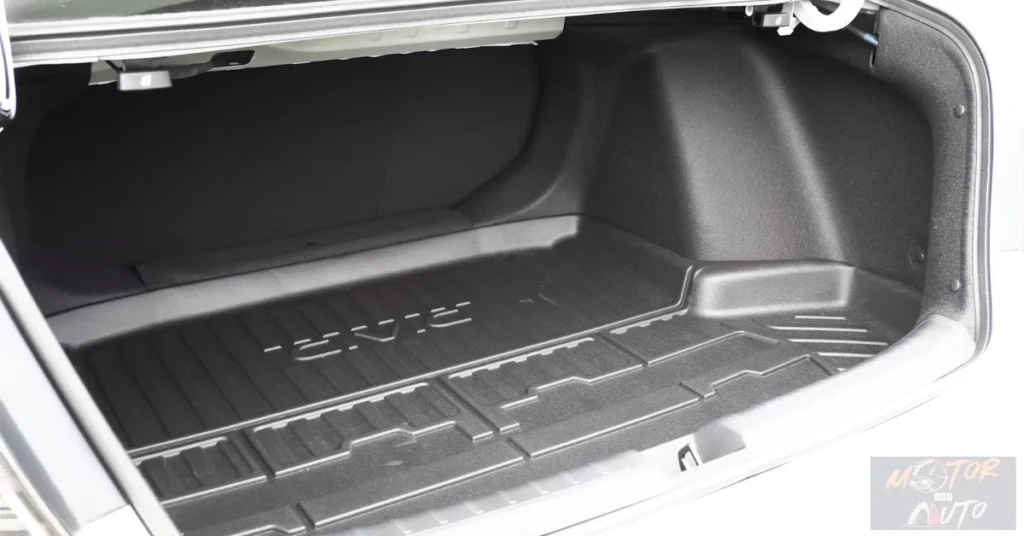
The 2025 Honda Civic sedan surprises you with its trunk space, which is roomy for a compact car. We mean, 14.8 cubic feet of cargo space? That’s impressive! It can actually compete with some midsize sedans, making it one of the best in its class. This generous trunk space is super handy for everything from grocery trips to airport runs with a couple of suitcases. A lot of our reviewers have pointed out how great the trunk dimensions are, especially compared to rivals like the Mazda 3, which just can’t match that cargo capacity.
Now, let’s talk about the trunk opening—it’s wide and tall enough that you can load larger items without too much fuss. The bottom of the opening is about 38 inches wide and around 40 inches deep from the seatbacks to the rear bumper. The height? It’s roughly 21 inches, which means you won’t have to worry about most common items not fitting. All these measurements add up to a space that’s really practical—no awkward shapes or weird corners, just usable room.
Accessing the trunk does change a bit depending on which trim you choose. The LX model lets you pop the trunk with either the key fob or a button inside. On the Sport trim, there’s a nifty touch-sensitive button right on the trunk lid. This little extra feature is super convenient, especially when your hands are full. Honda really thought this one through. The lid opens smoothly and lifts high enough so you won’t be bumping your head while loading stuff in.
Both the LX and Sport trims come with folding rear seats to give you even more cargo space when you need it. The LX has a single-piece seat that folds down as one whole unit, while the Sport offers a 60/40 split-folding setup. This means you can carry longer items while still having a rear passenger. When you fold those seats down, it creates a nice, flat loading area that makes it easier to haul larger stuff, although there is a small lip where the trunk floor meets the seatbacks.
One feature we have praised is the full-size spare tire tucked away under the trunk floor. This is becoming pretty rare these days, as many modern cars just give you a temporary spare or a tire repair kit. But having a full-size spare helps if you’re going on long trips or in places where roadside assistance isn’t just around the corner. It shows that Honda is focused on practical design, especially when other brands are ditching this feature to save a bit of weight or boost cargo space.
Inside the trunk, you’ll find some durable carpeting and small compartments on each side to keep your smaller items from sliding around. The trunk floor sits low, which creates a deeper space that can fit taller items compared to some competitors. This design really puts usability first over just looking good, which is a classic Honda move that prioritizes real-world needs.
All in all, the Civic’s trunk is one of its standout features, giving you cargo space that exceeds expectations for a compact car. With its generous size, thoughtful access options, folding seats, and even a full-size spare, it’s clear that this trunk is versatile enough to be your go-to vehicle for all sorts of hauling needs—not just your daily commute. So, when you’re looking at the Civic, don’t overlook this practical advantage; it’s a big part of what makes it such a great value!
The Civic Value Proposition: Is It Worth the Price?
The 2025 Honda Civic is stepping into a market where the prices of new cars have shot up quite a bit, which makes you wonder about what’s really worth it these days. With the gas-powered LX kicking off at $25,345 and the more sought-after Sport trim at $27,345, the Civic is definitely on the pricier side of compact sedans. So, it begs the question: does it offer enough bang for your buck compared to its rivals and others in nearby categories?
When you’re trying to figure out the value of the Civic, it’s crucial to look at the entire ownership experience—not just the sticker price. Honda has a good track record of strong resale values, and from what our reviewers are saying, the 2025 Civic is expected to hold onto about 64.8% of its original price after five years. That’s impressive and puts it among the top contenders in the automotive world. This kind of resale performance helps lower your overall ownership cost, making it a more appealing option compared to competitors that lose value faster.
Now, let’s talk about reliability. The Civic has built a solid reputation for being durable. Sure, the 11th generation has had some minor hiccups—like a few reports of rattles inside and a steering gear issue that was taken care of with a recall. But, overall, Honda’s history suggests these are just isolated cases rather than signs of bigger problems. The key mechanical parts, especially the tried-and-true 2.0-liter engine and CVT transmission, have shown they can be reliable over the years. This means you might spend less on maintenance in the long run compared to some competitors with less tested engines.
Looking at what the Civic offers in terms of features, it strikes a nice balance. It focuses on the basics done well instead of trying to wow you with flashy tech. The LX trim, which is the base model, still comes with important features like LED headlights, adaptive cruise control, and Apple CarPlay/Android Auto integration. Then there’s the Sport trim, which adds upgrades like bigger wheels, blind spot monitoring, remote start, and a better sound system. These features aren’t just for show—they actually help make owning the car more practical and enjoyable.
What sets the Civic apart, though, is how it drives. You can’t really capture that with just a list of features. The multi-link rear suspension, smooth ride quality, and responsive handling show that Honda’s invested in making the driving experience enjoyable. This investment makes the Civic feel more premium and solid behind the wheel than its price might suggest. It’s the kind of satisfaction that lasts well beyond those first exciting days of ownership.
Now, if you’re just looking at monthly payments, some other brands might seem more appealing with their lower prices or big incentives. But if you’re considering the whole picture—like resale value, reliability, build quality, and how fun it is to drive—the 2025 Civic makes a pretty strong argument. Its higher price tag isn’t just a brand premium; it’s more about getting a well-rounded package that keeps giving back to you throughout your ownership—not just at the moment of purchase.


